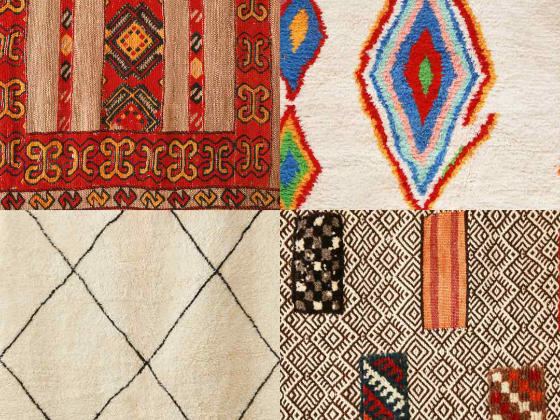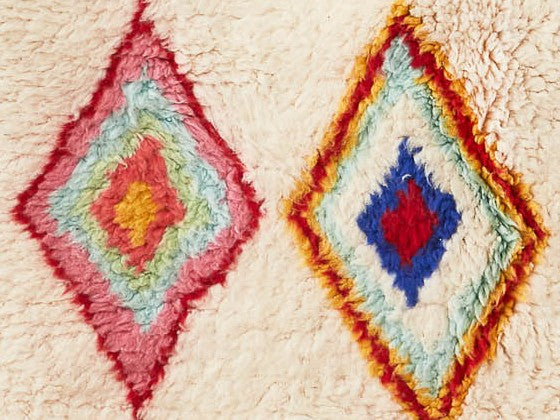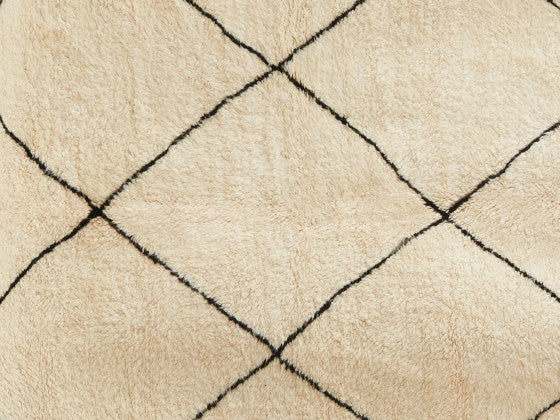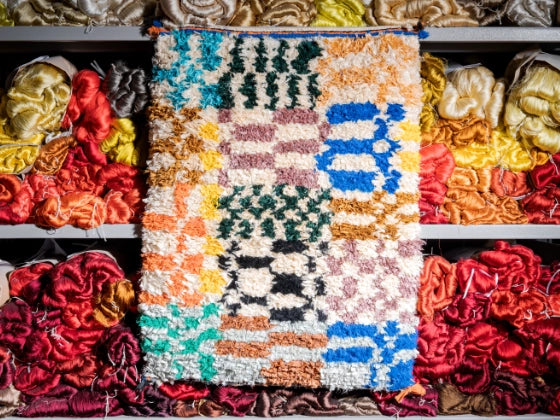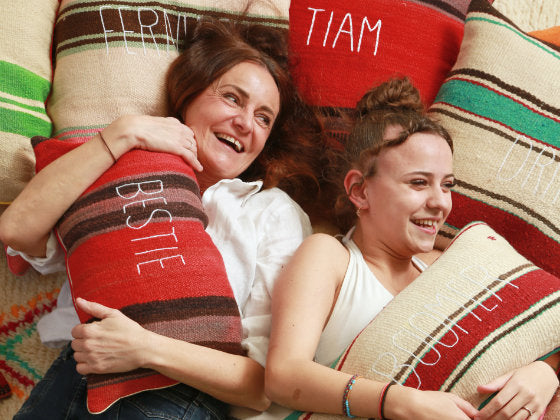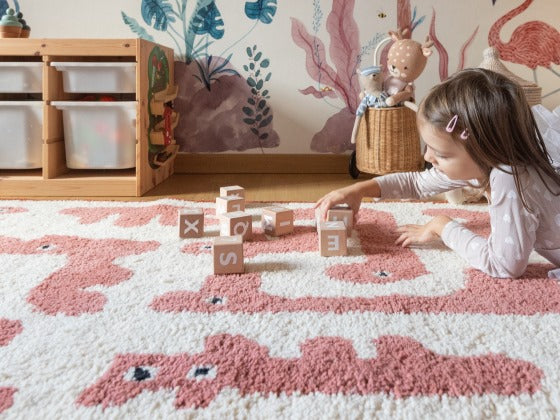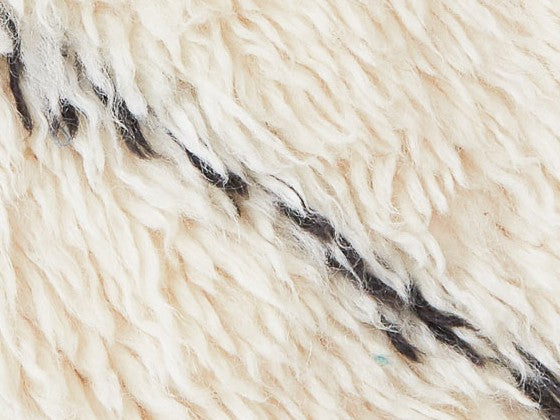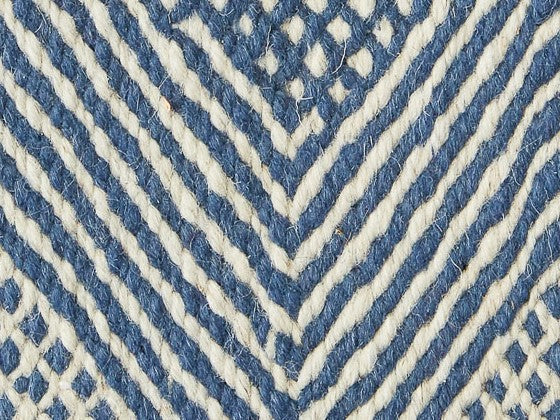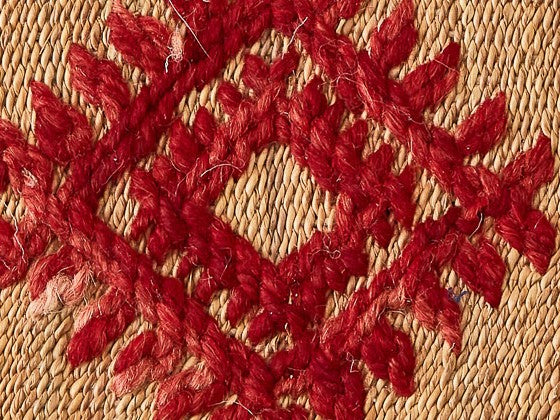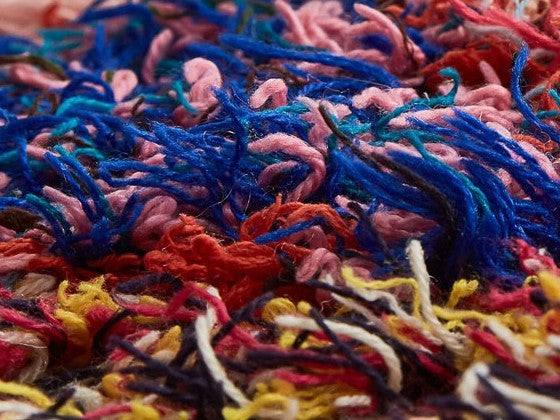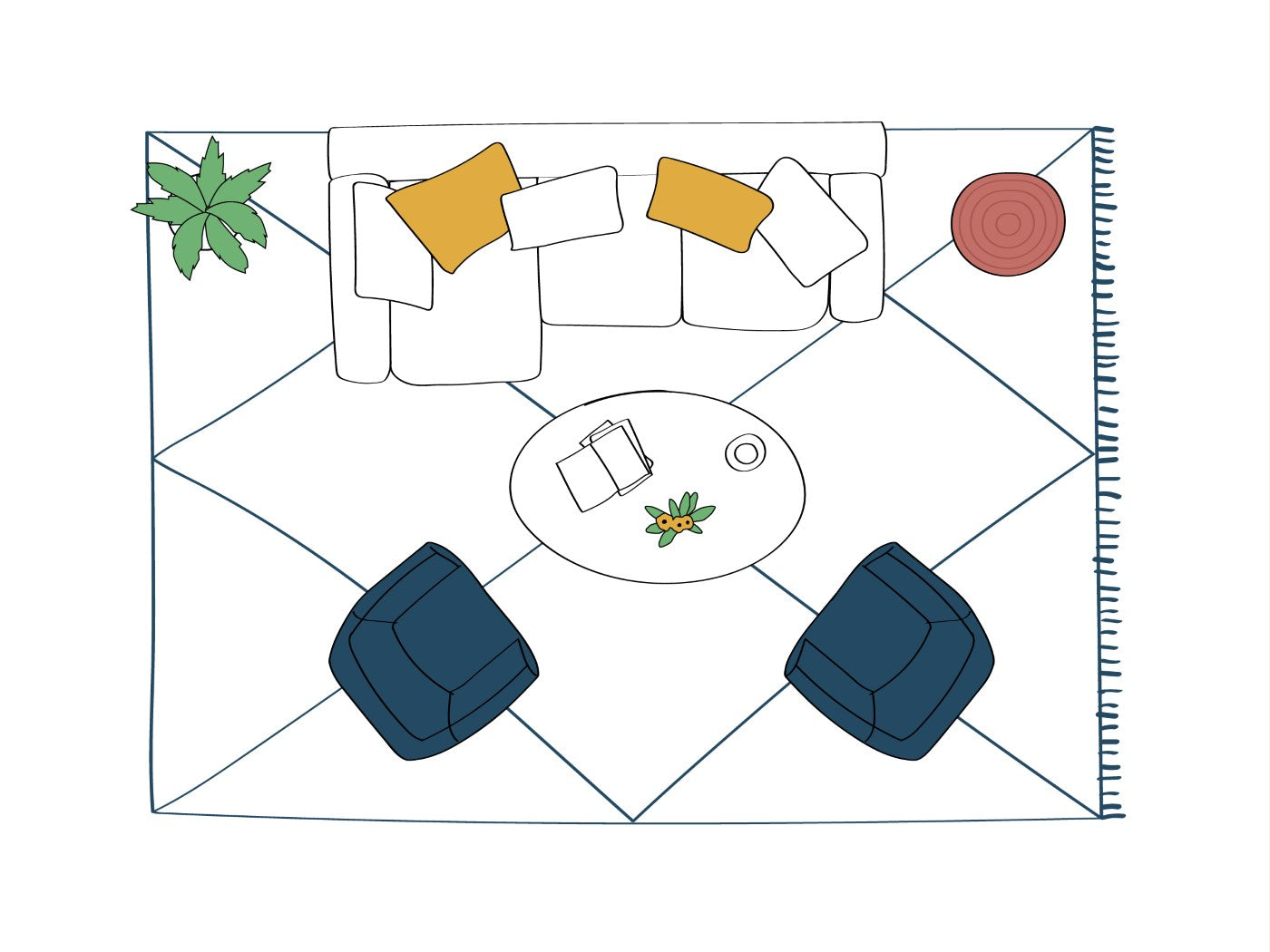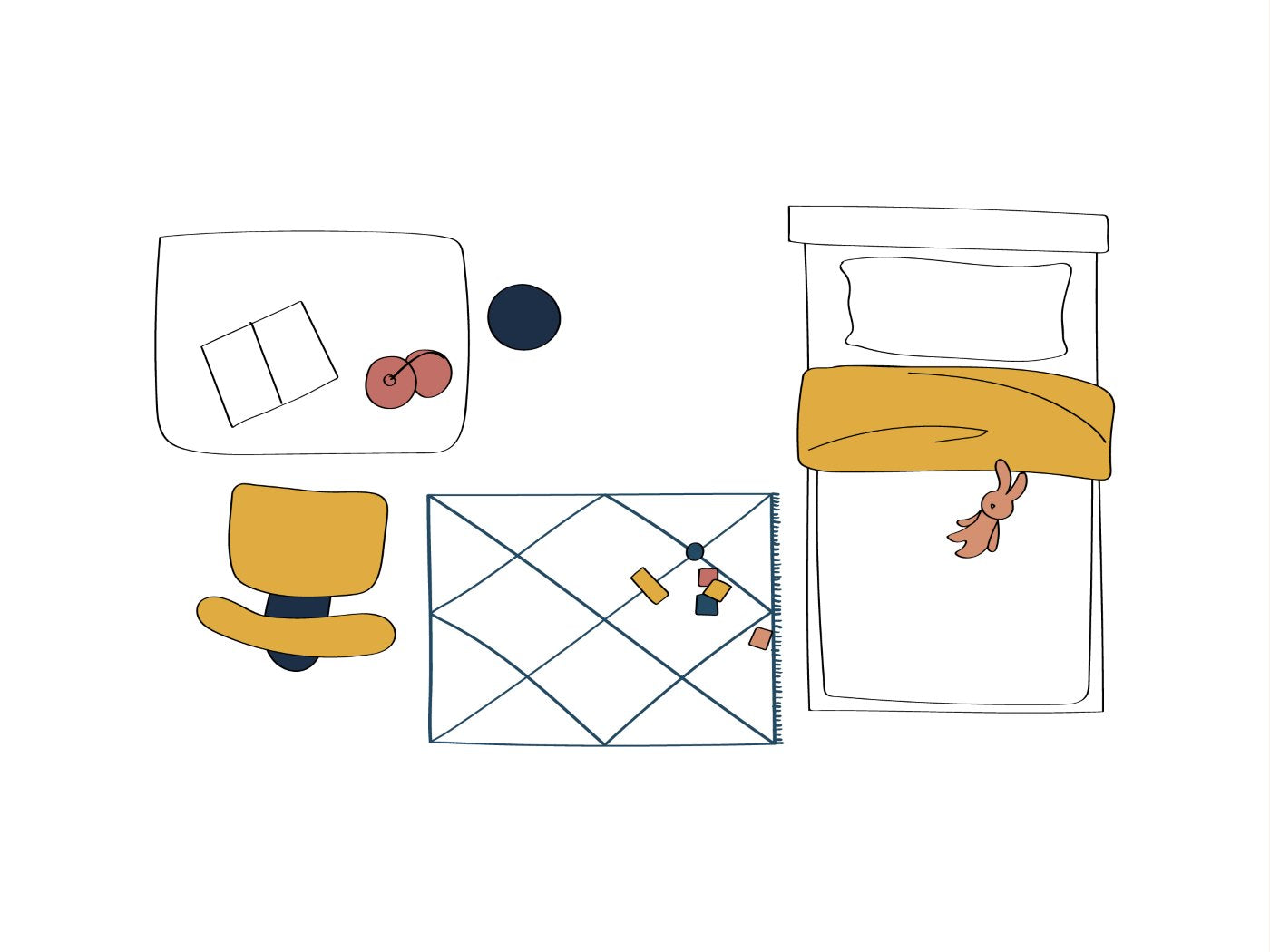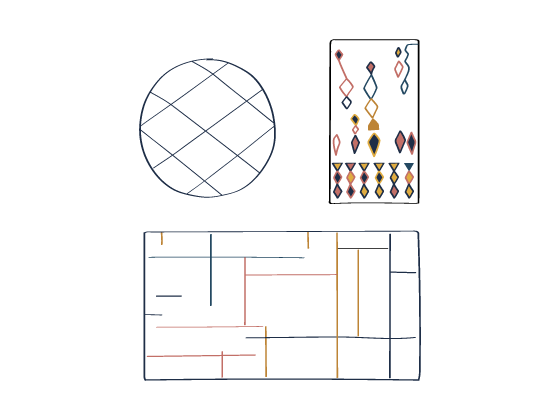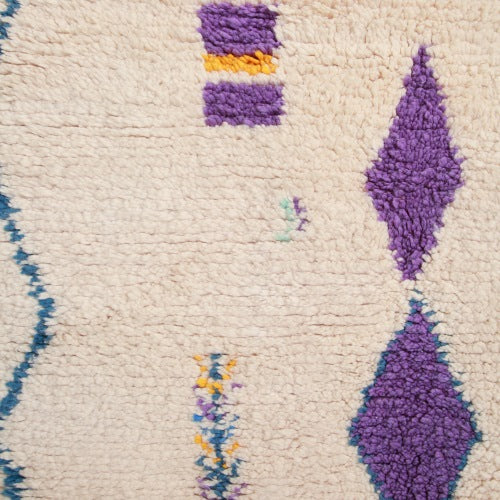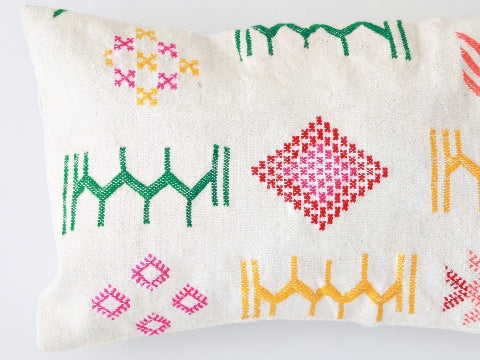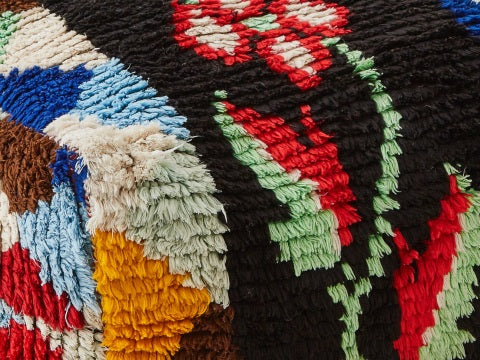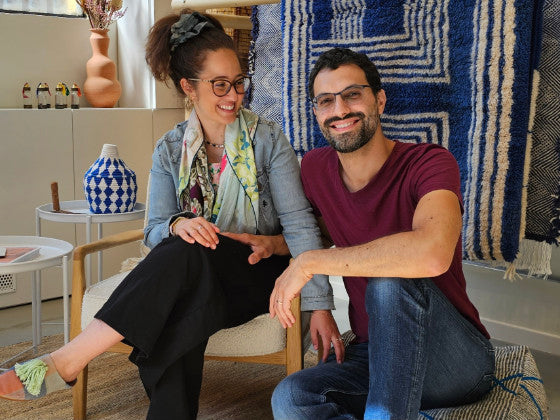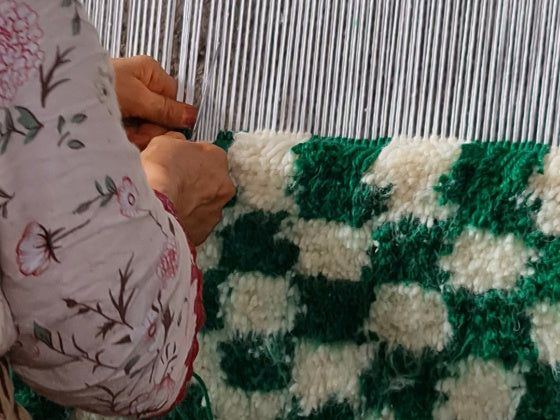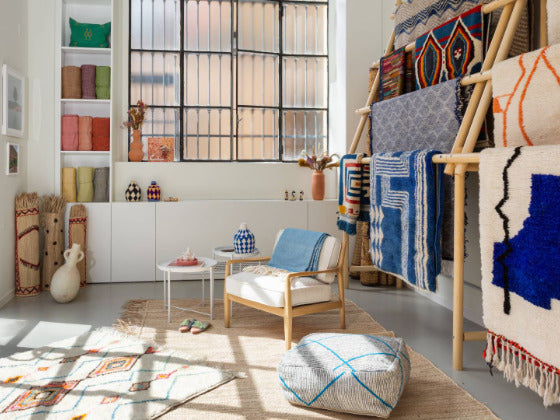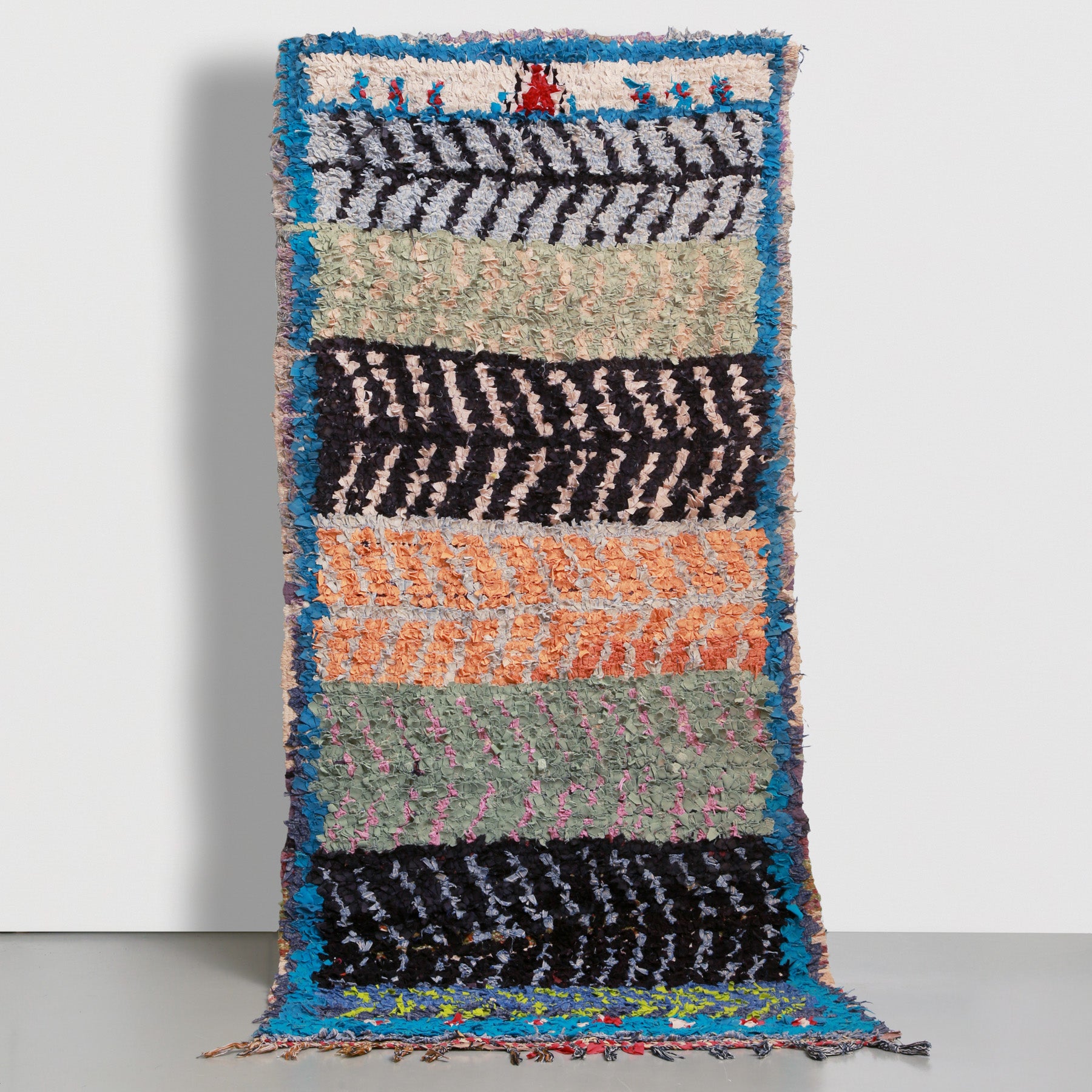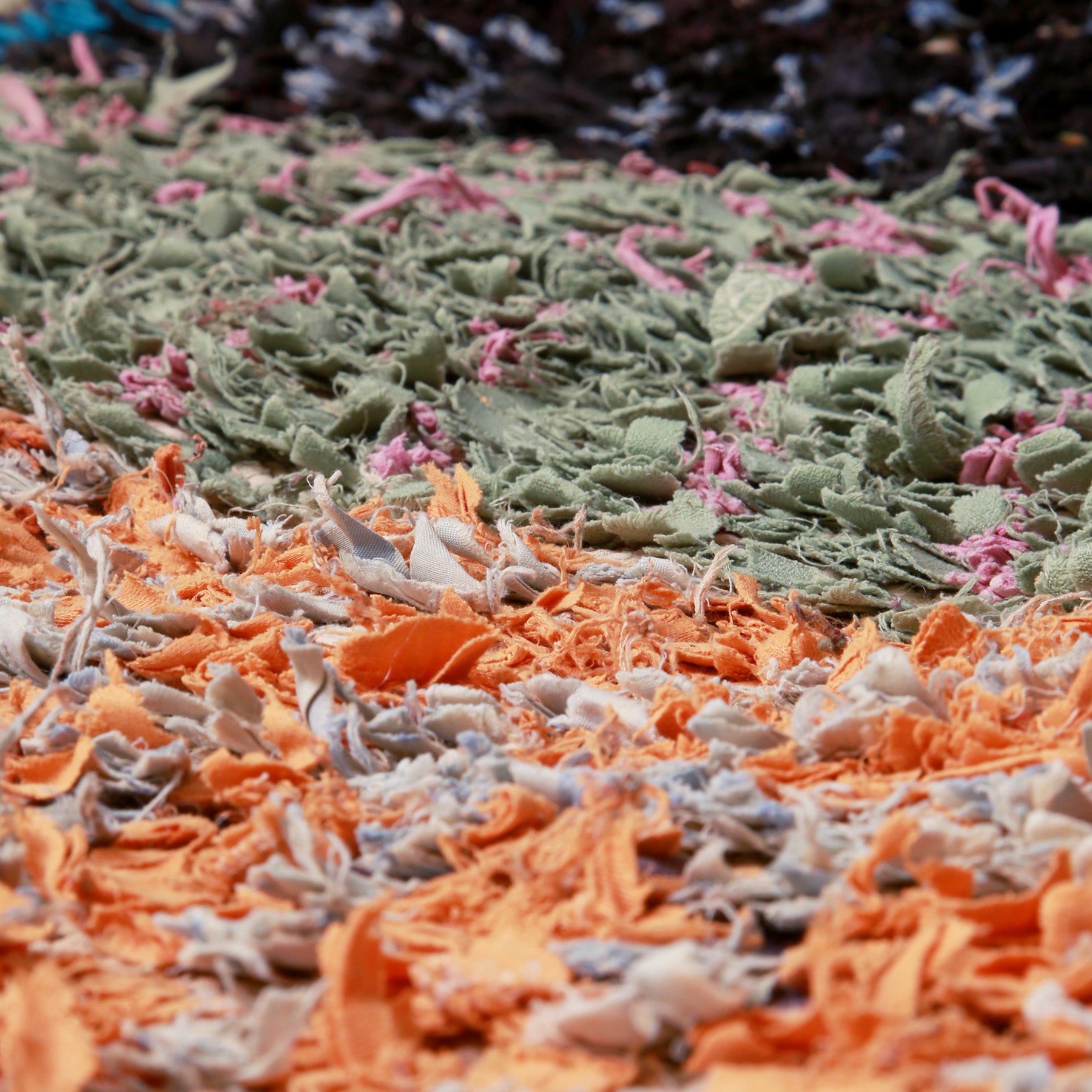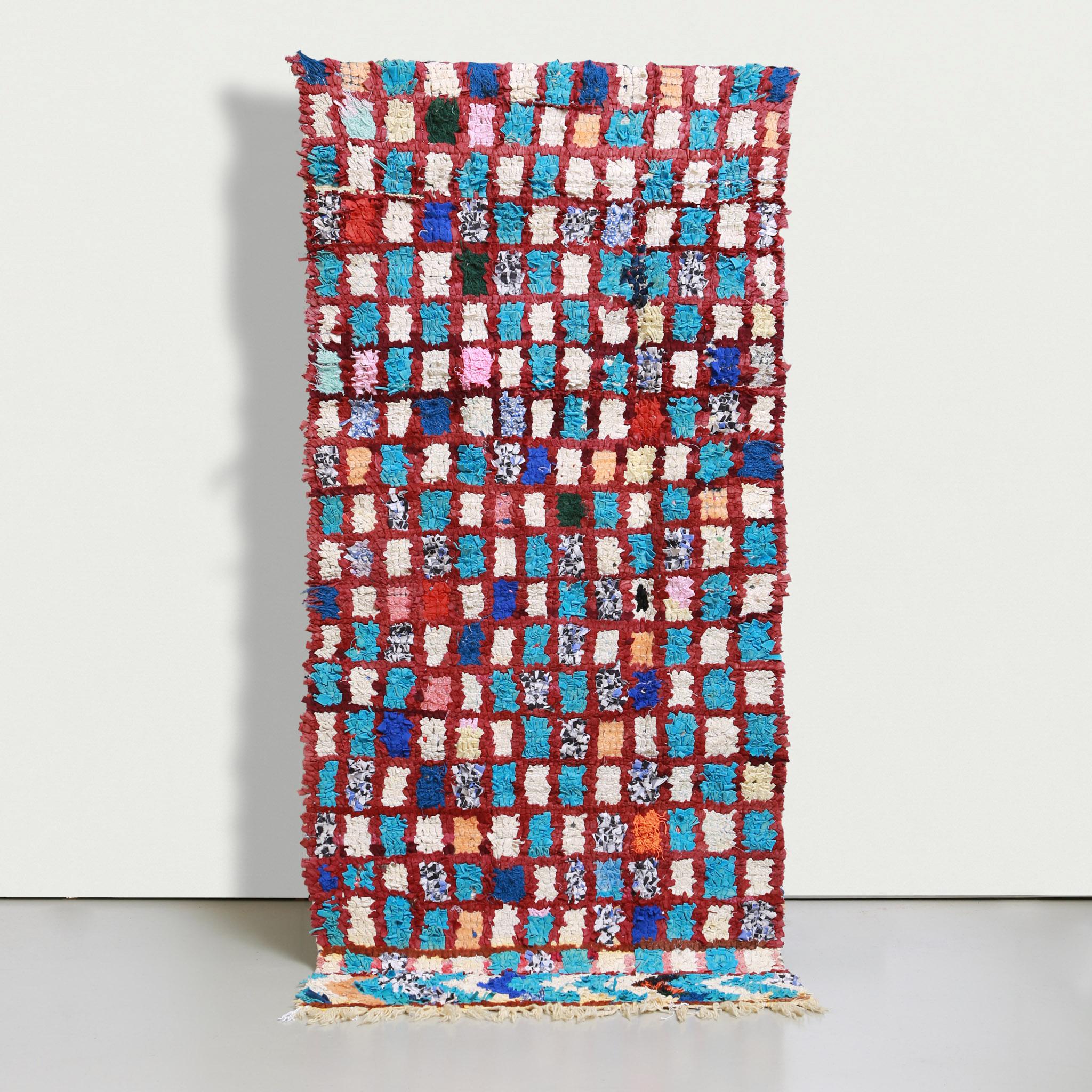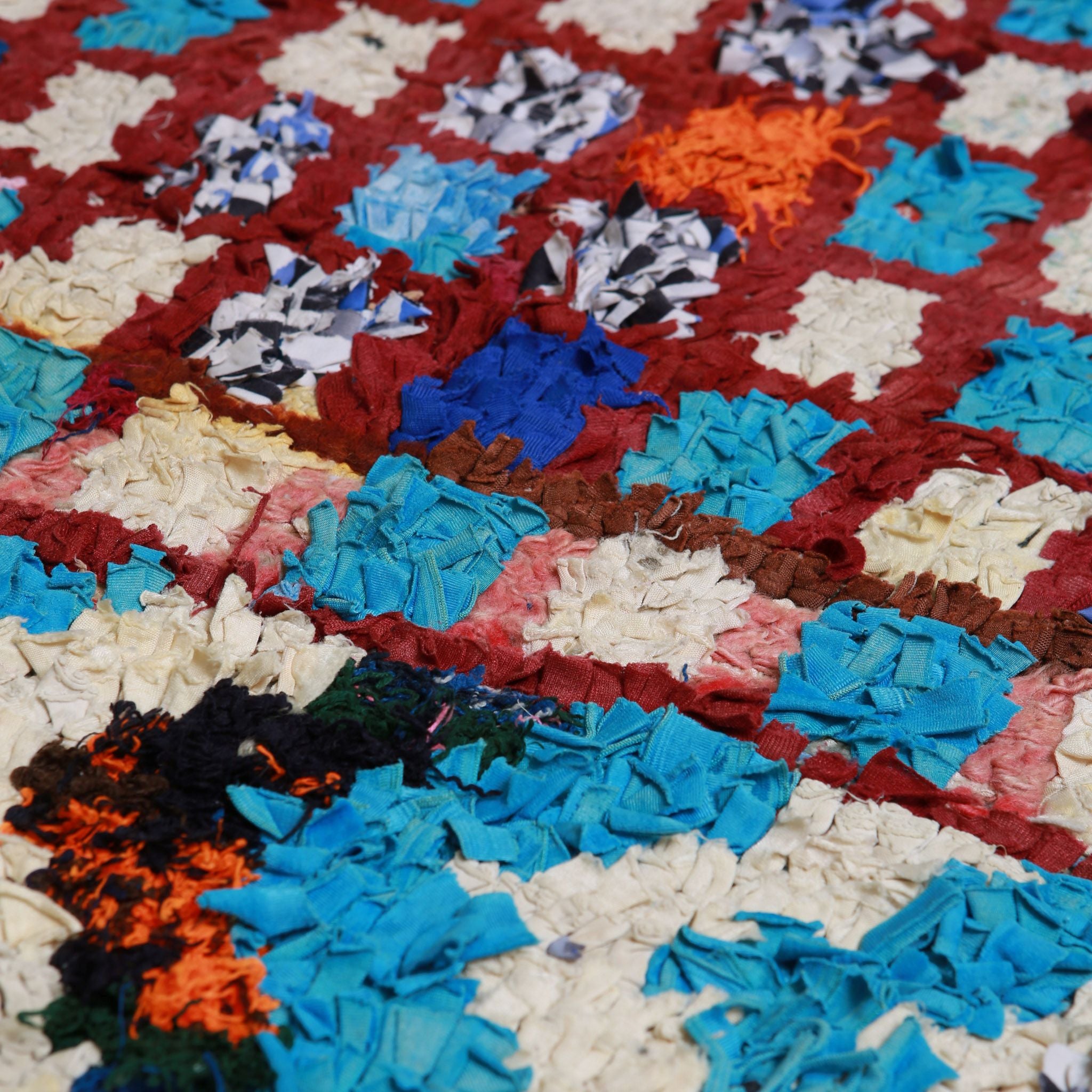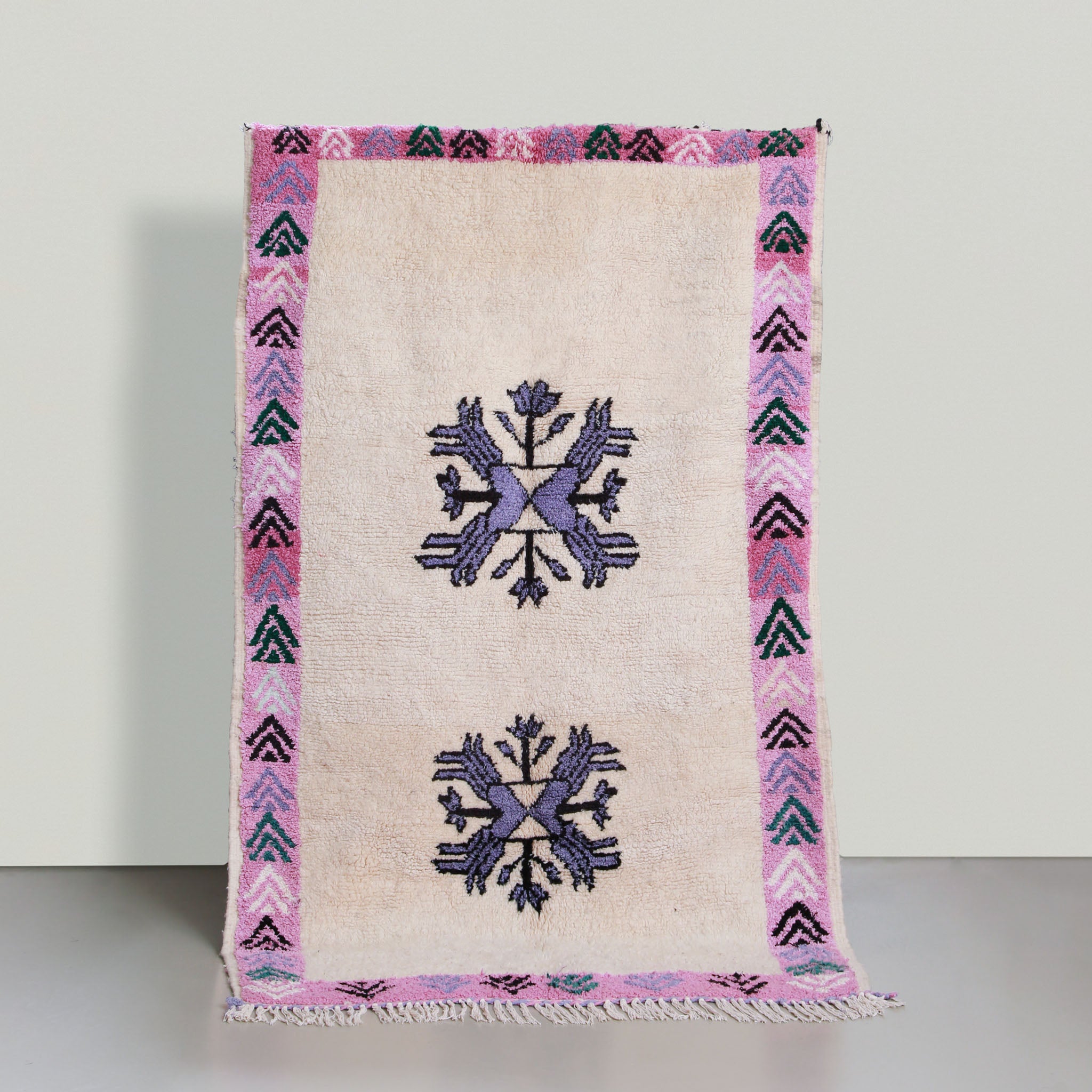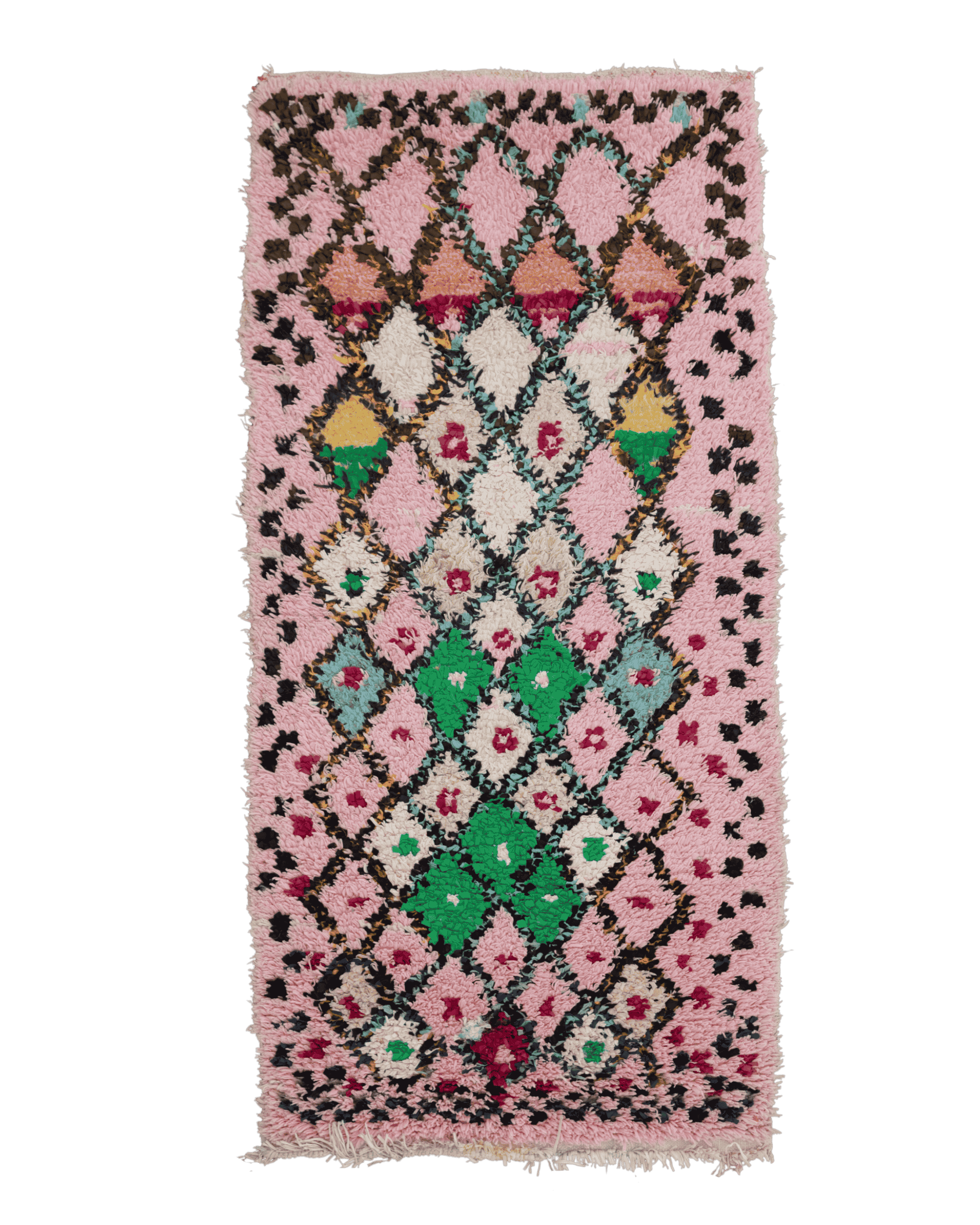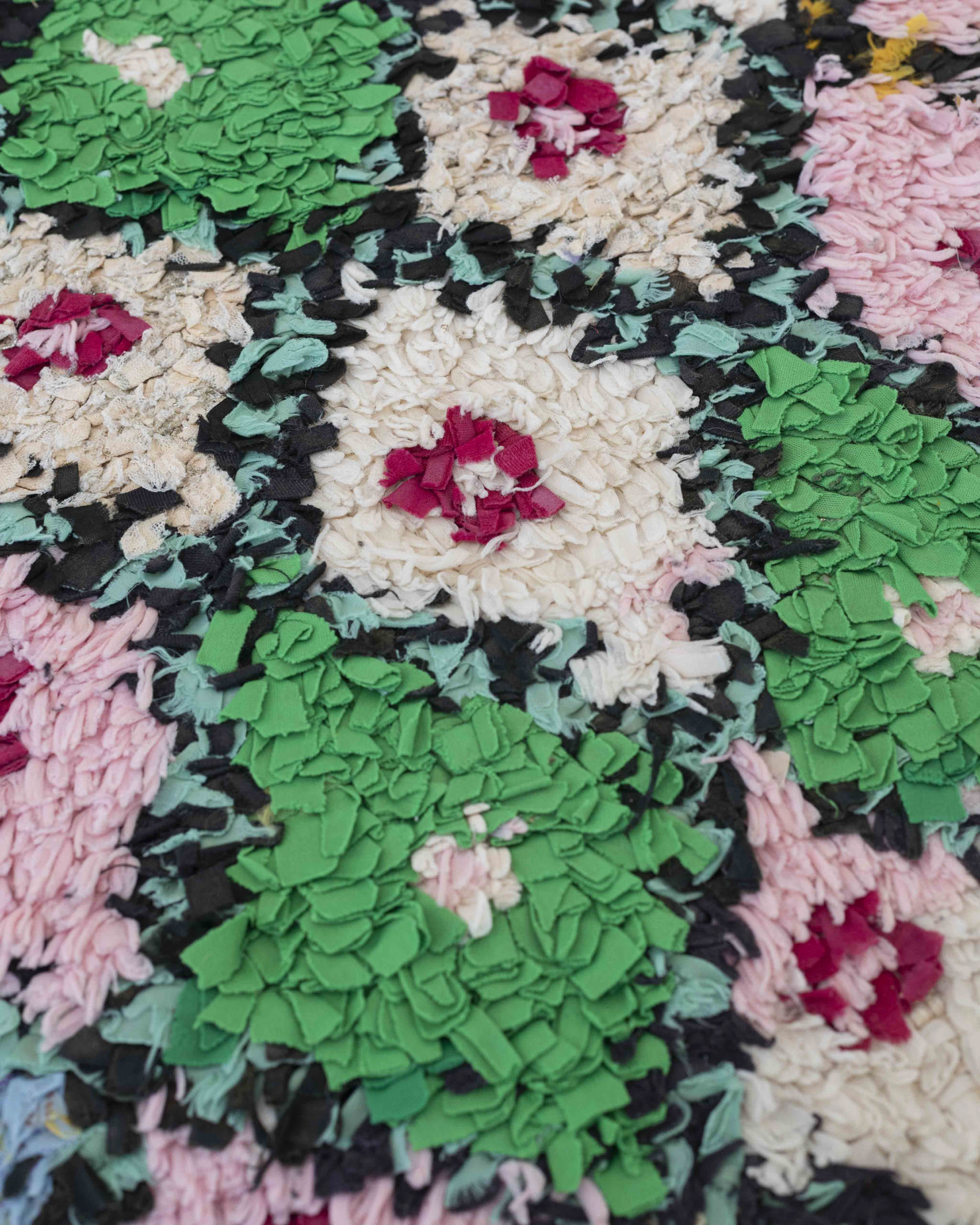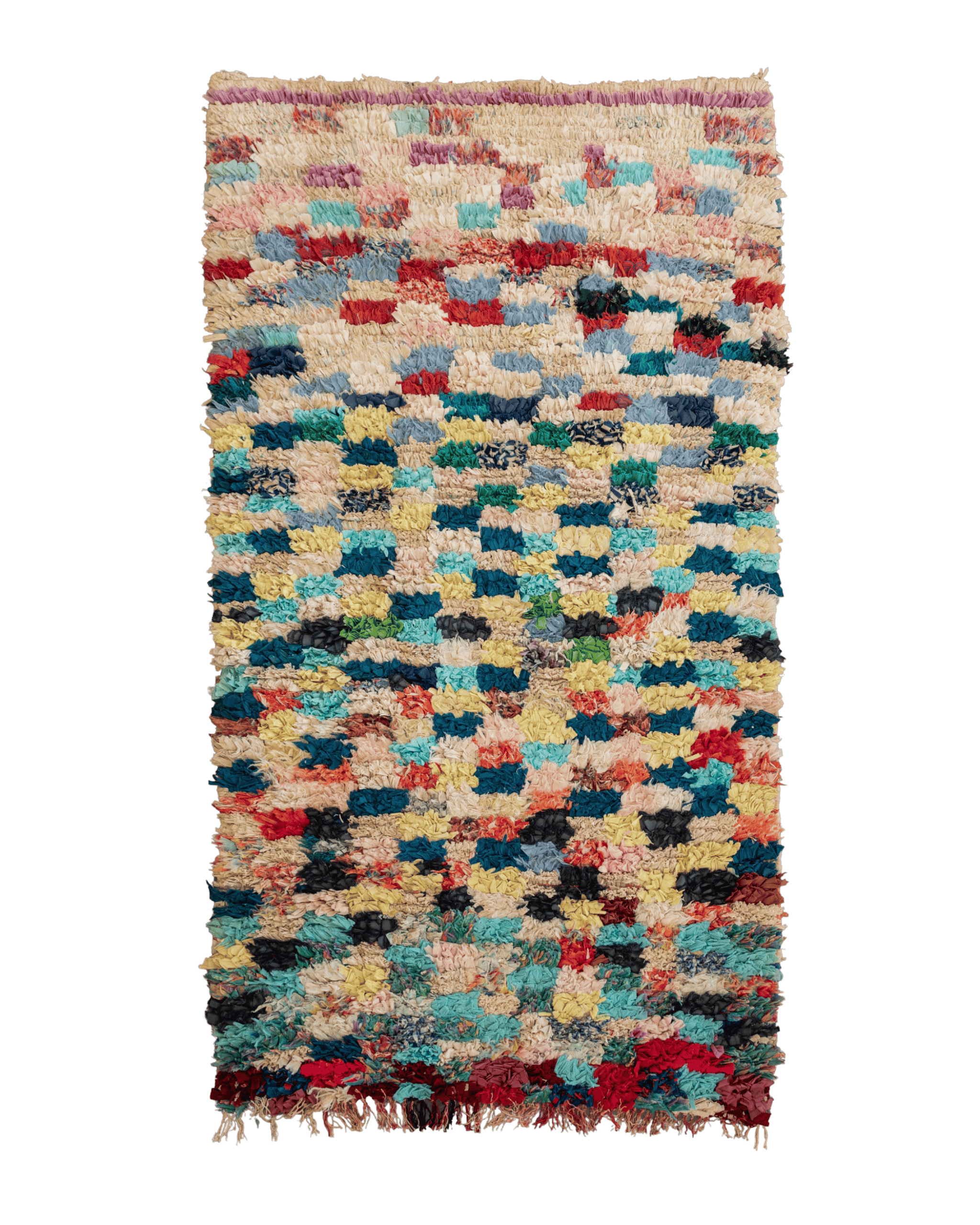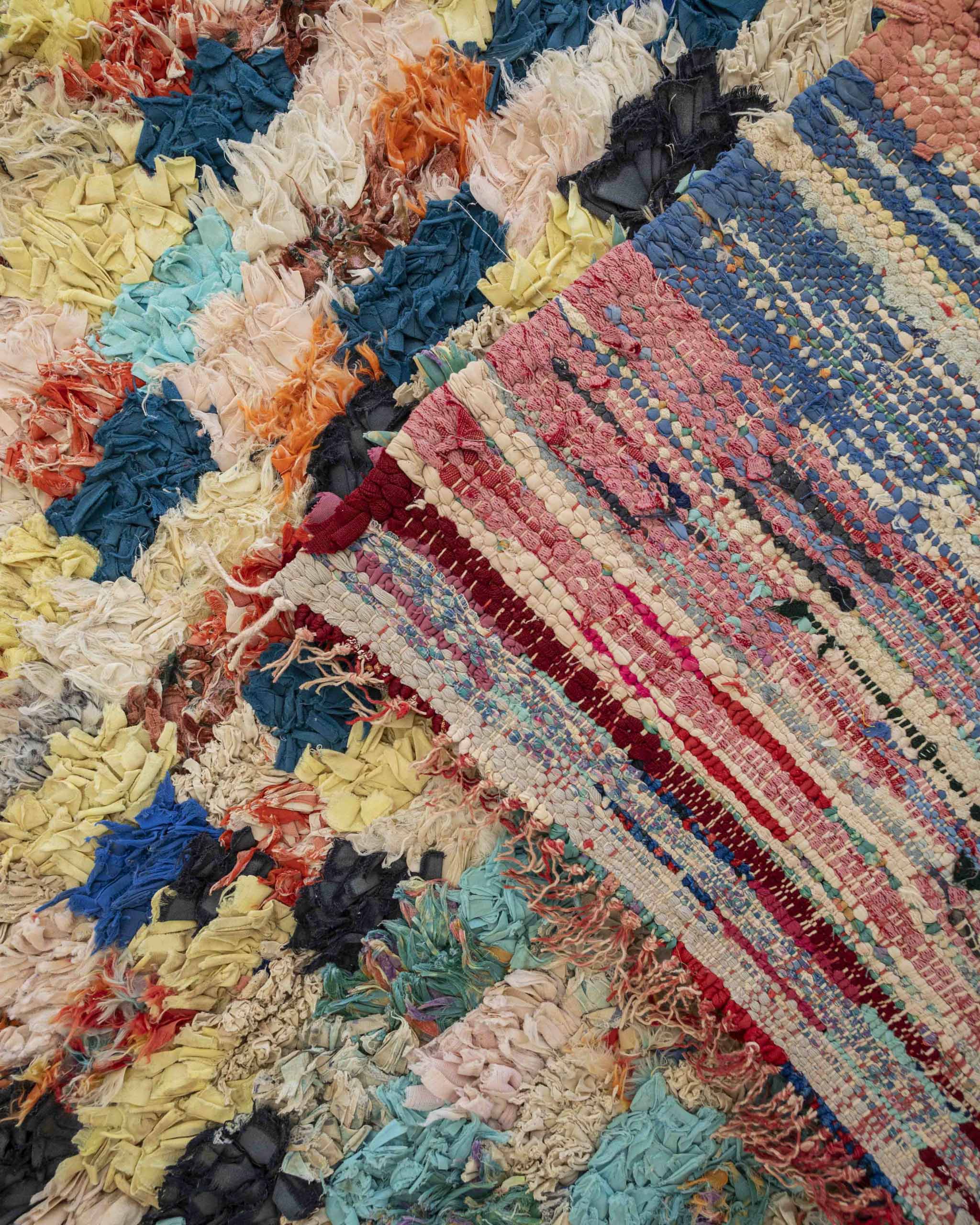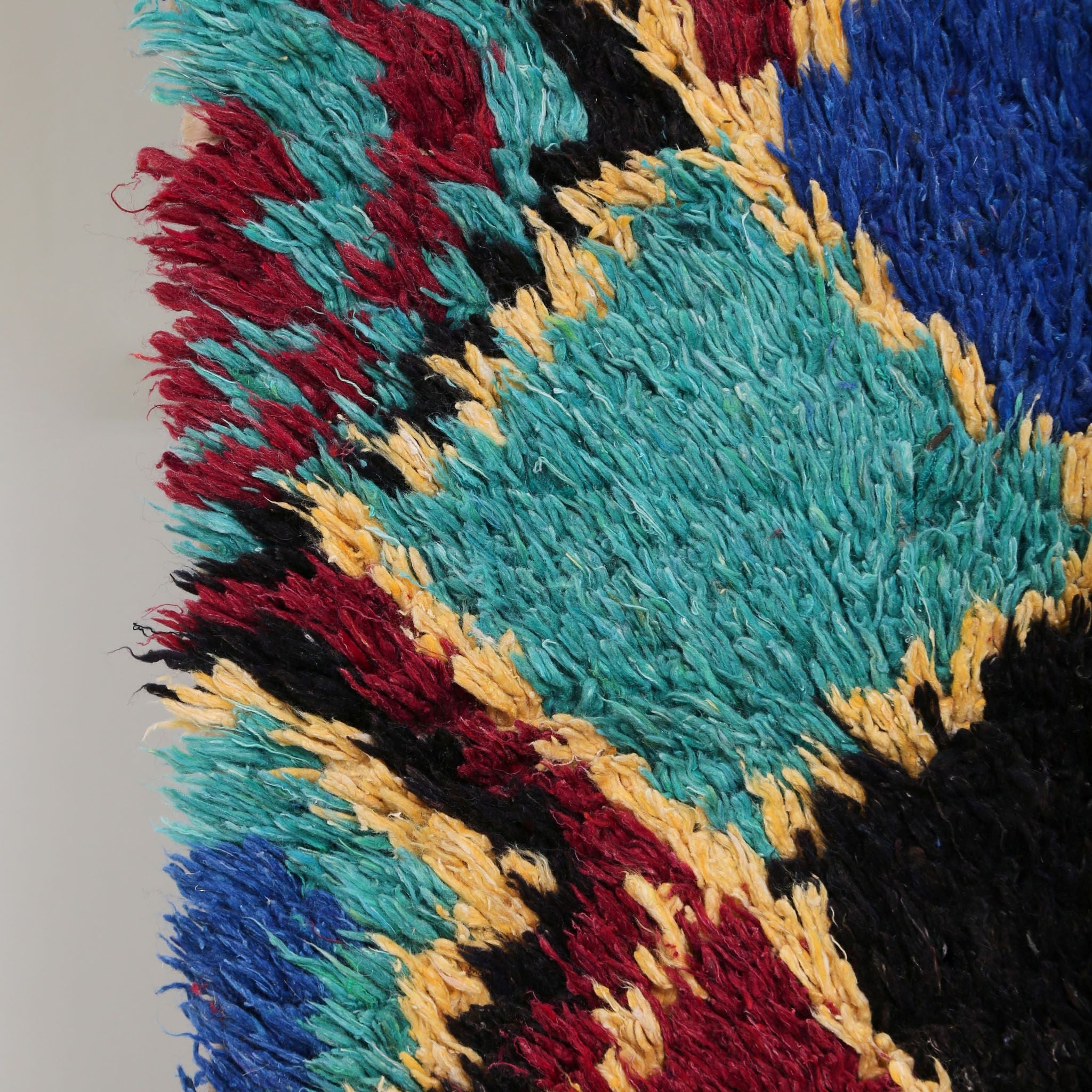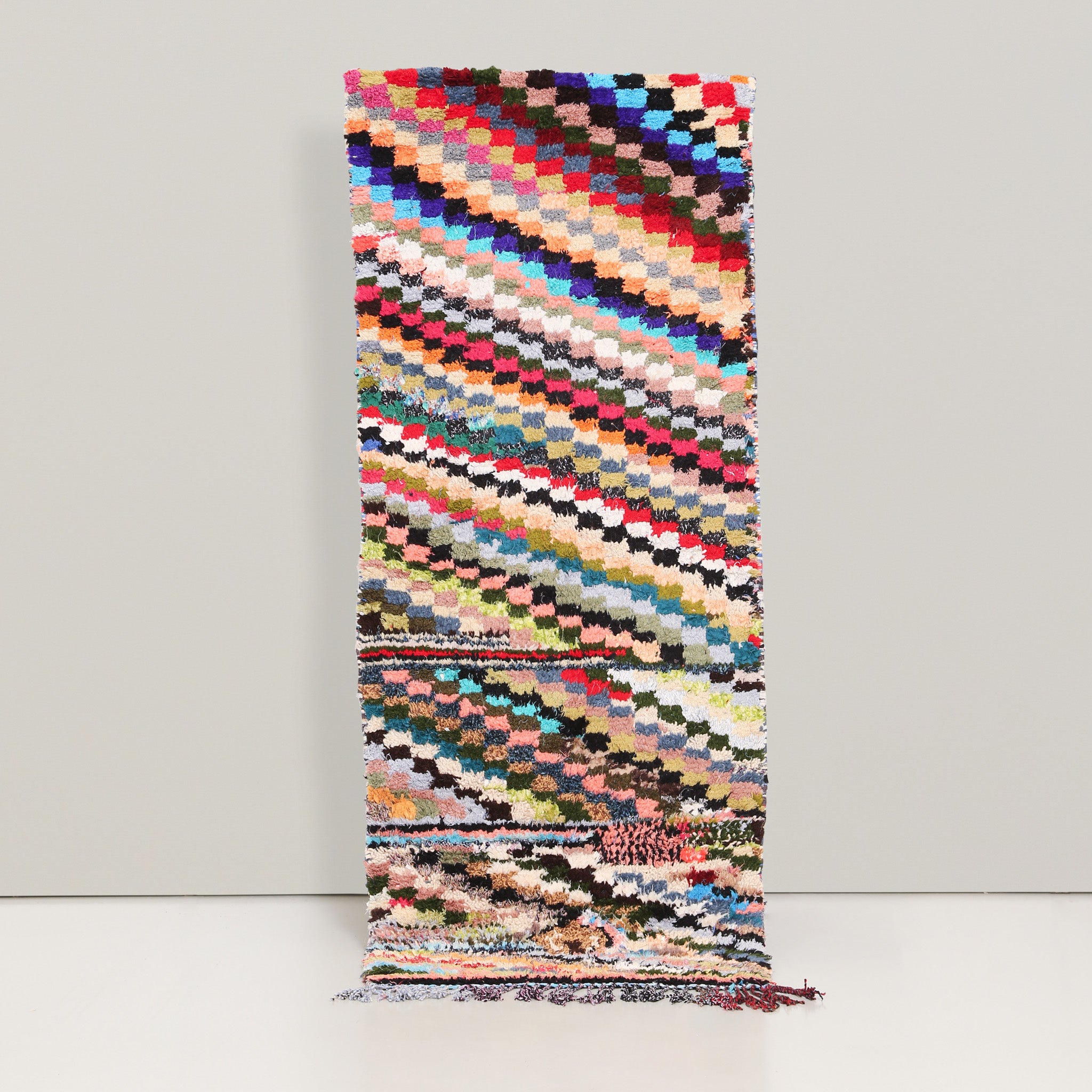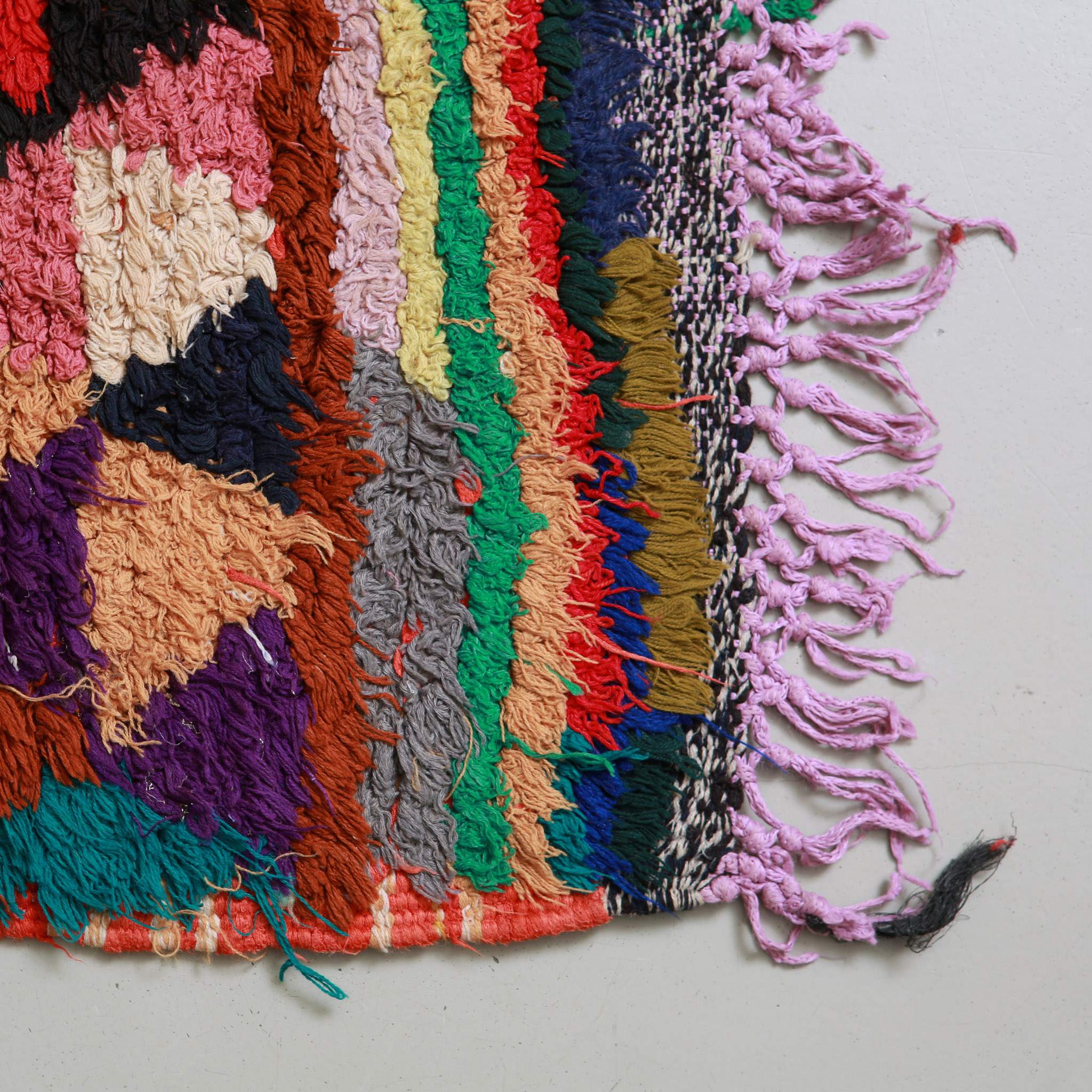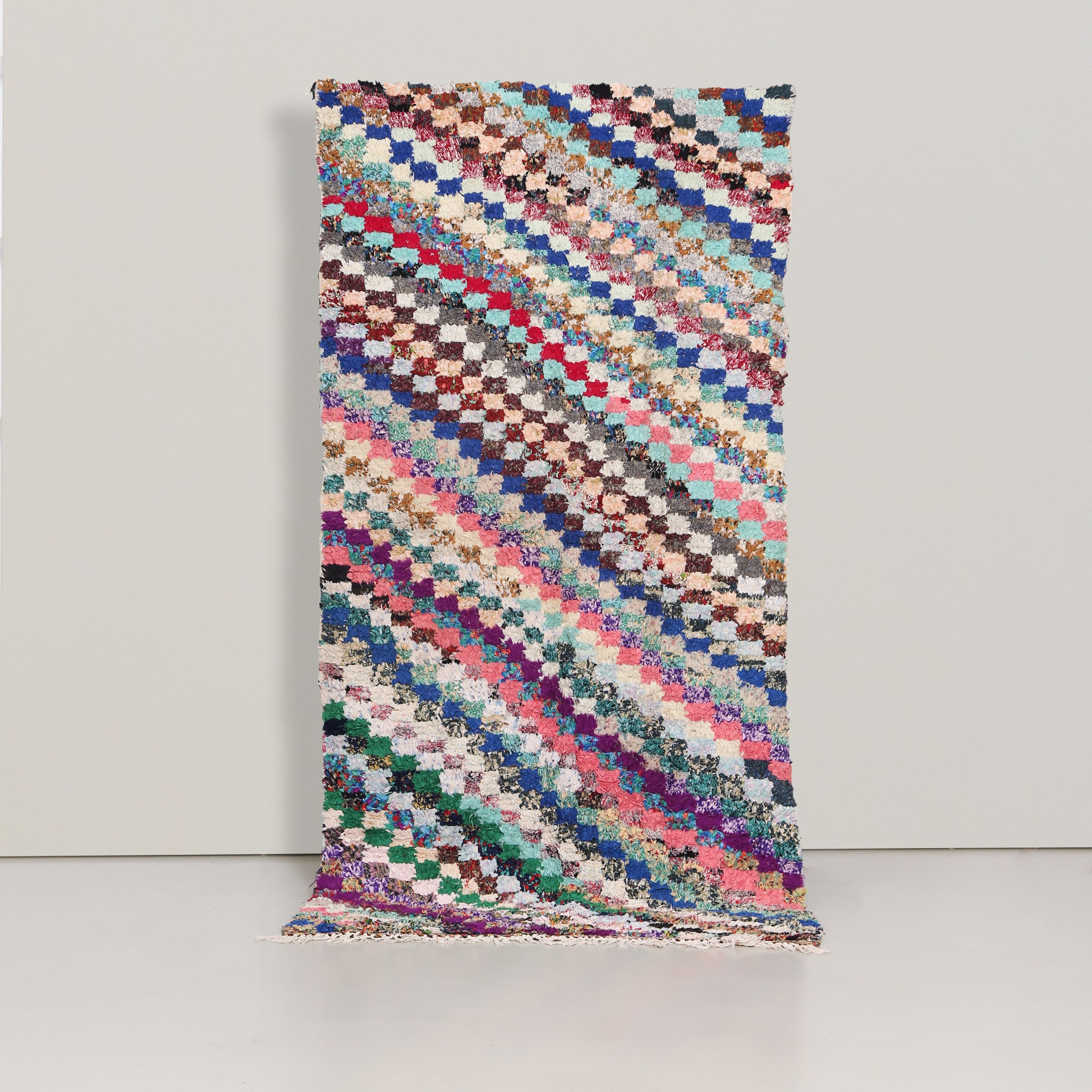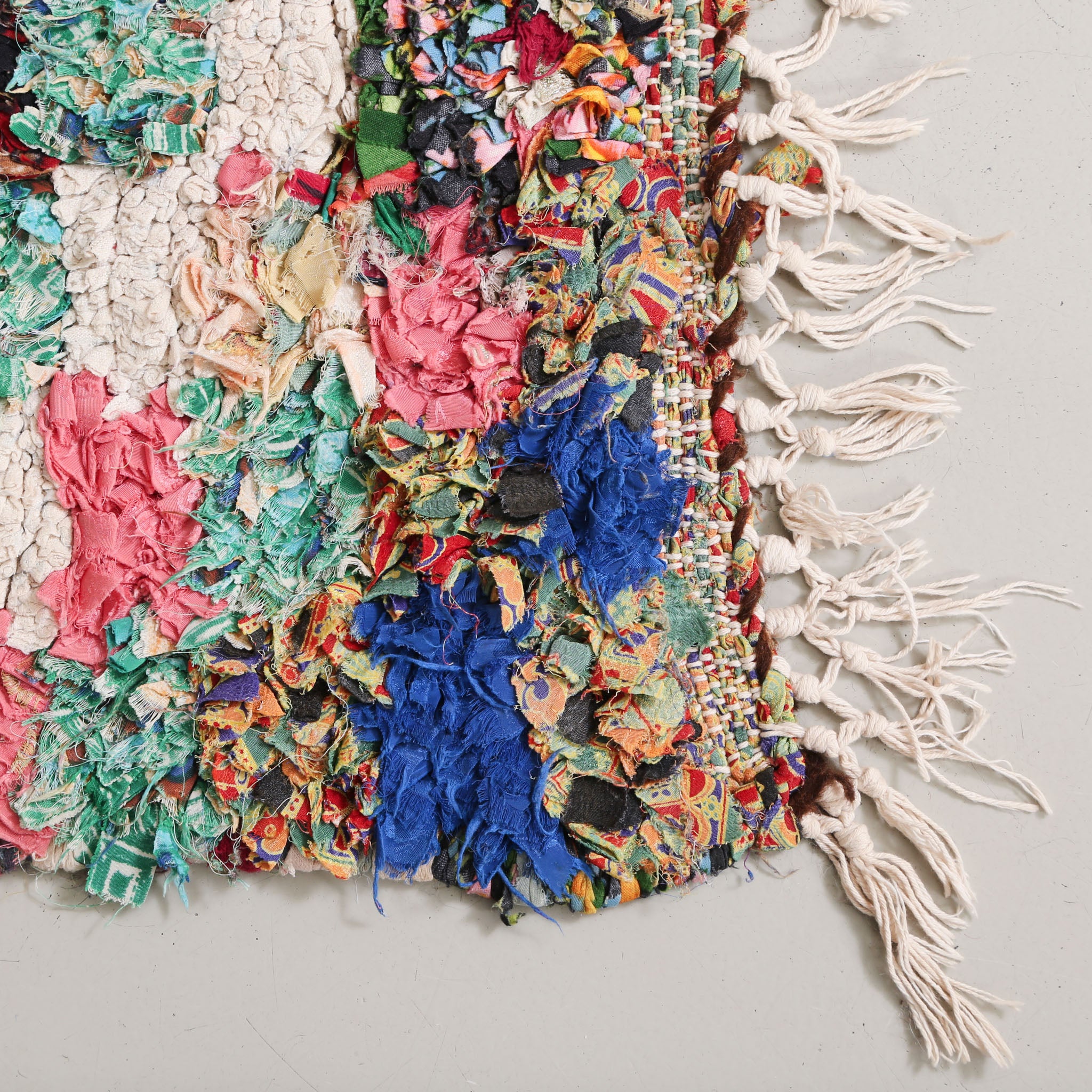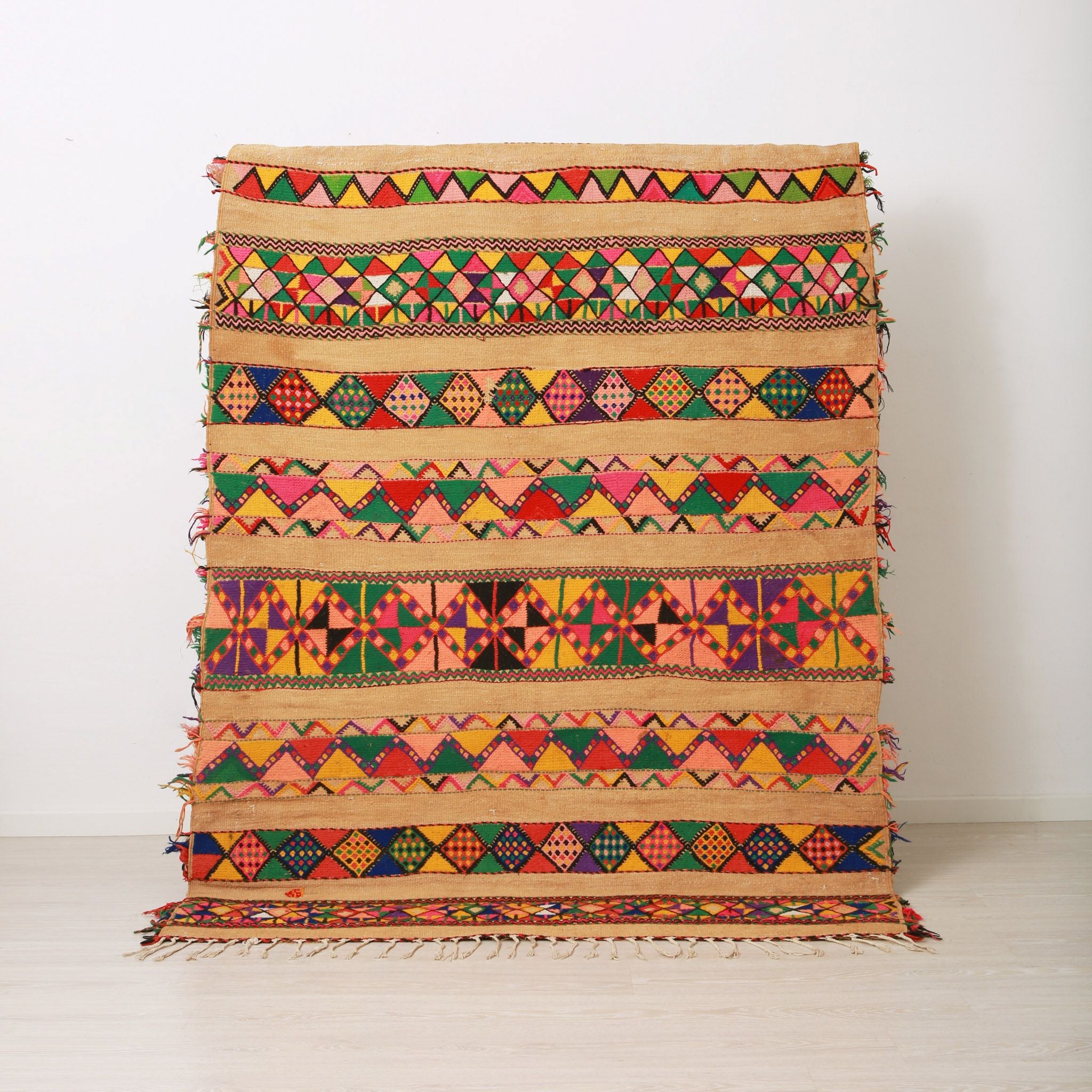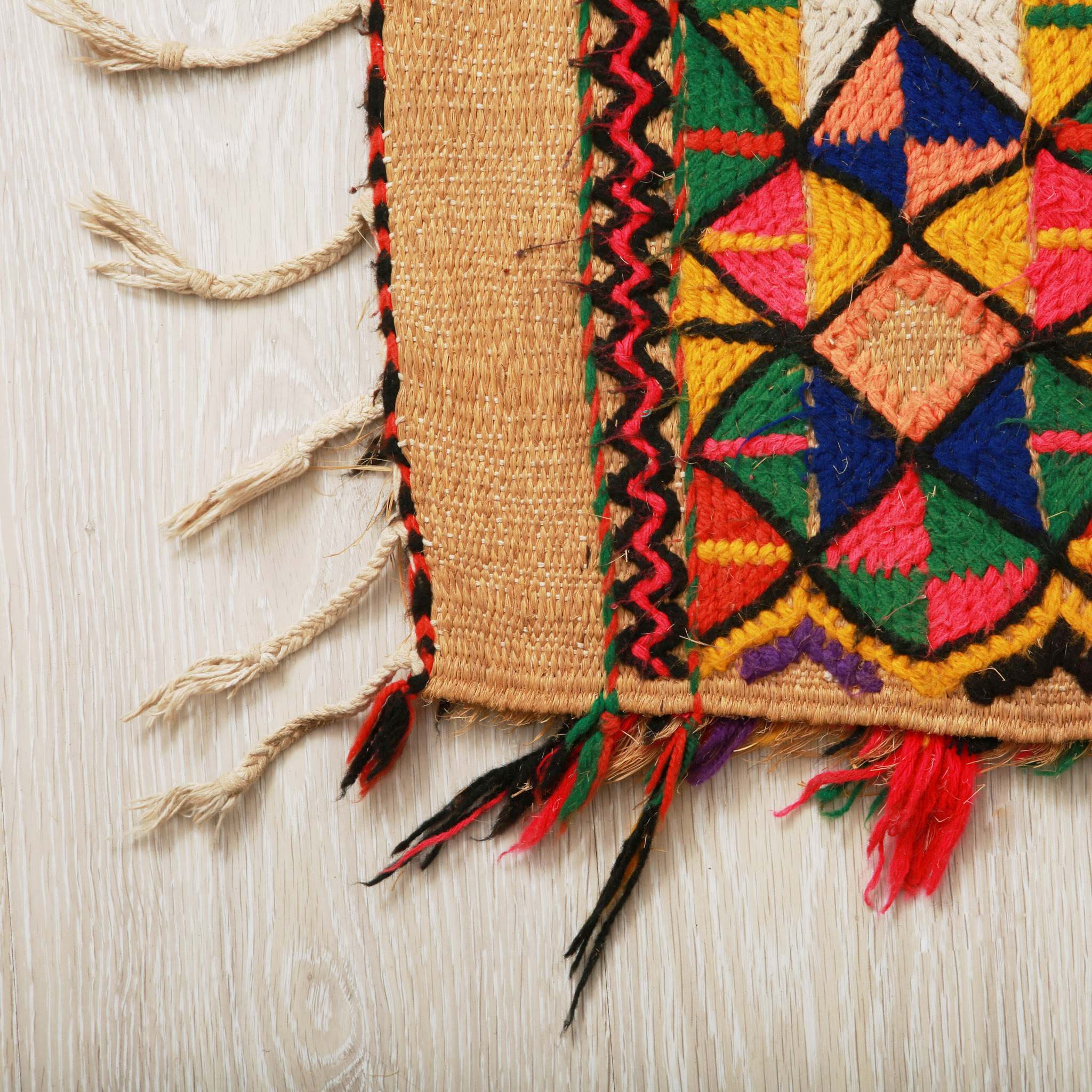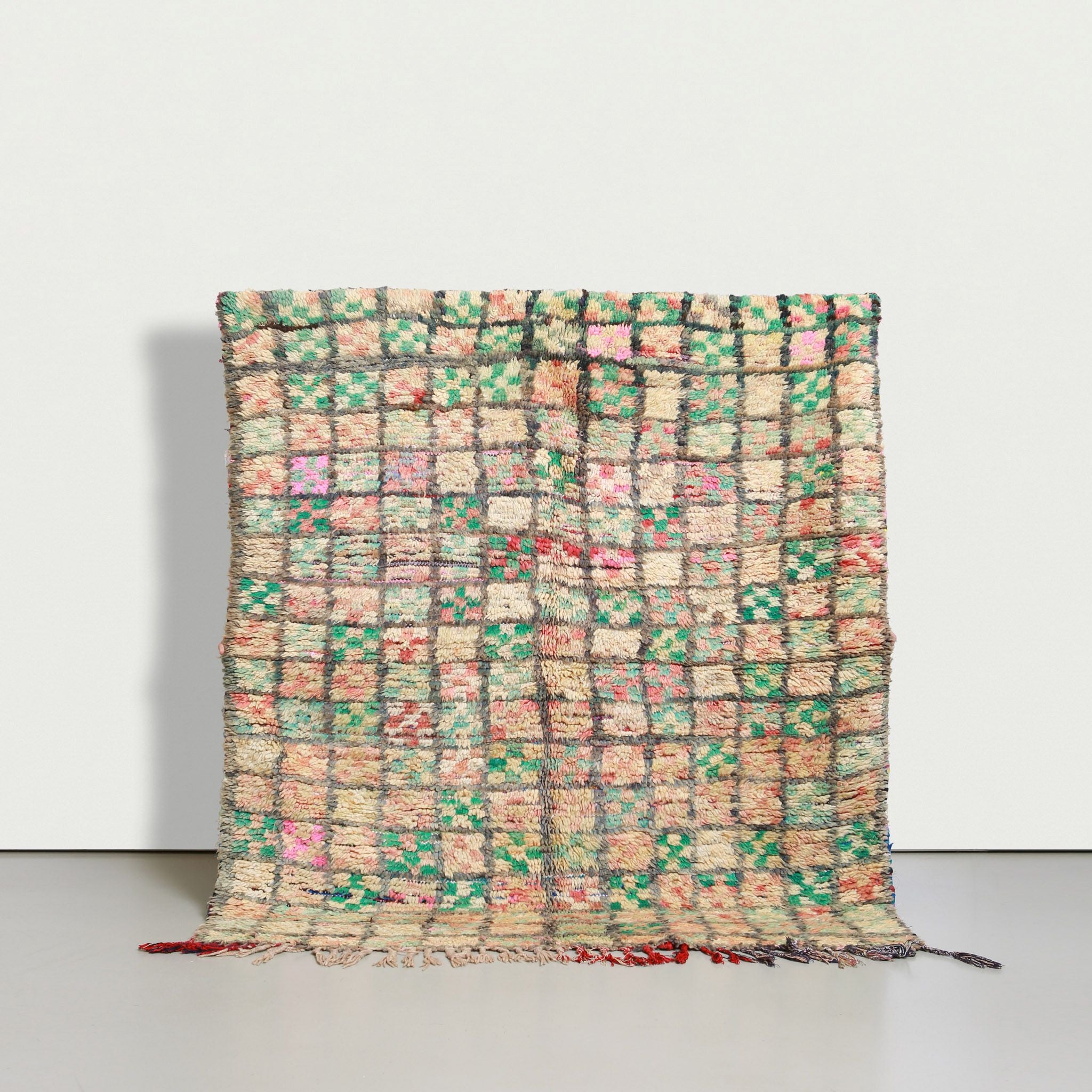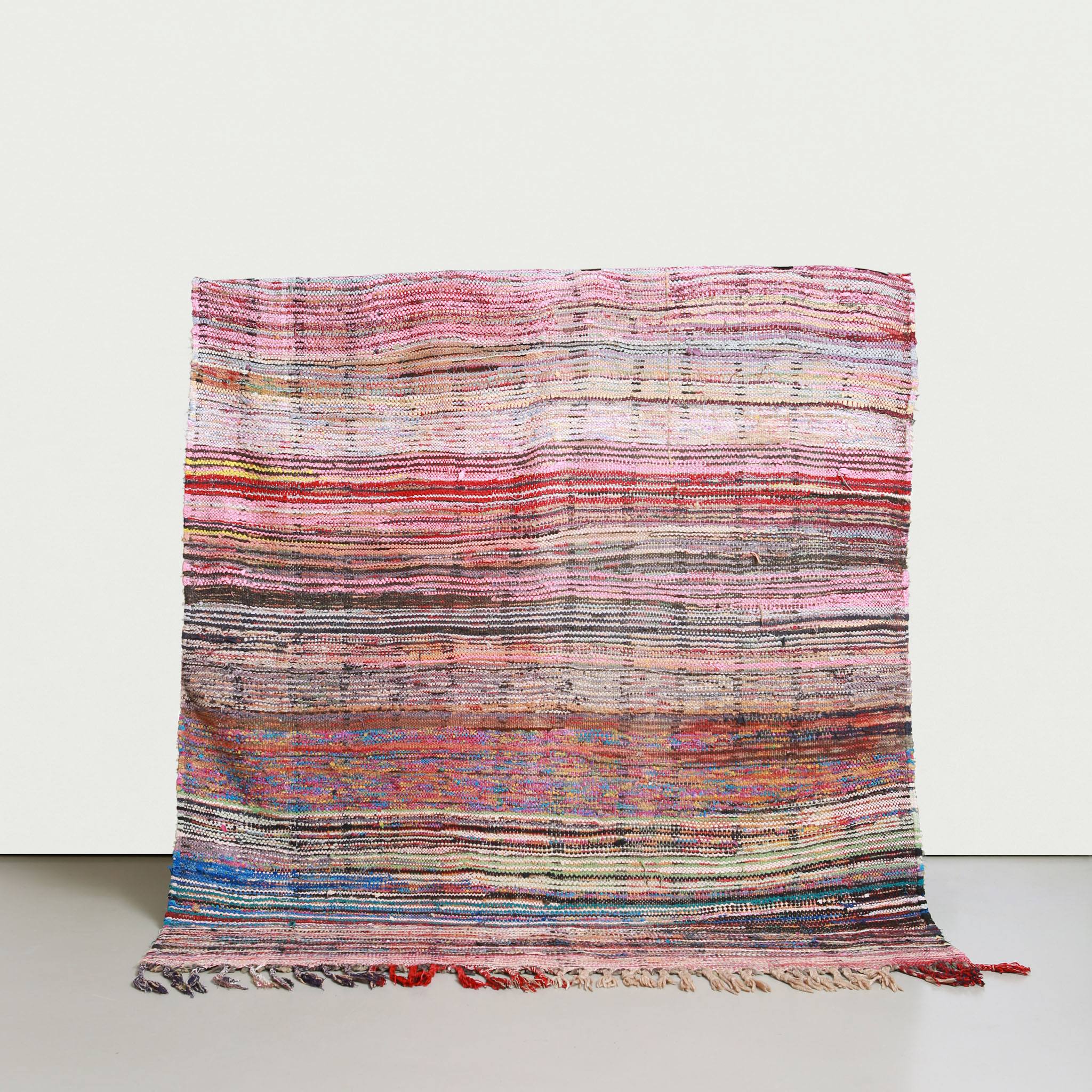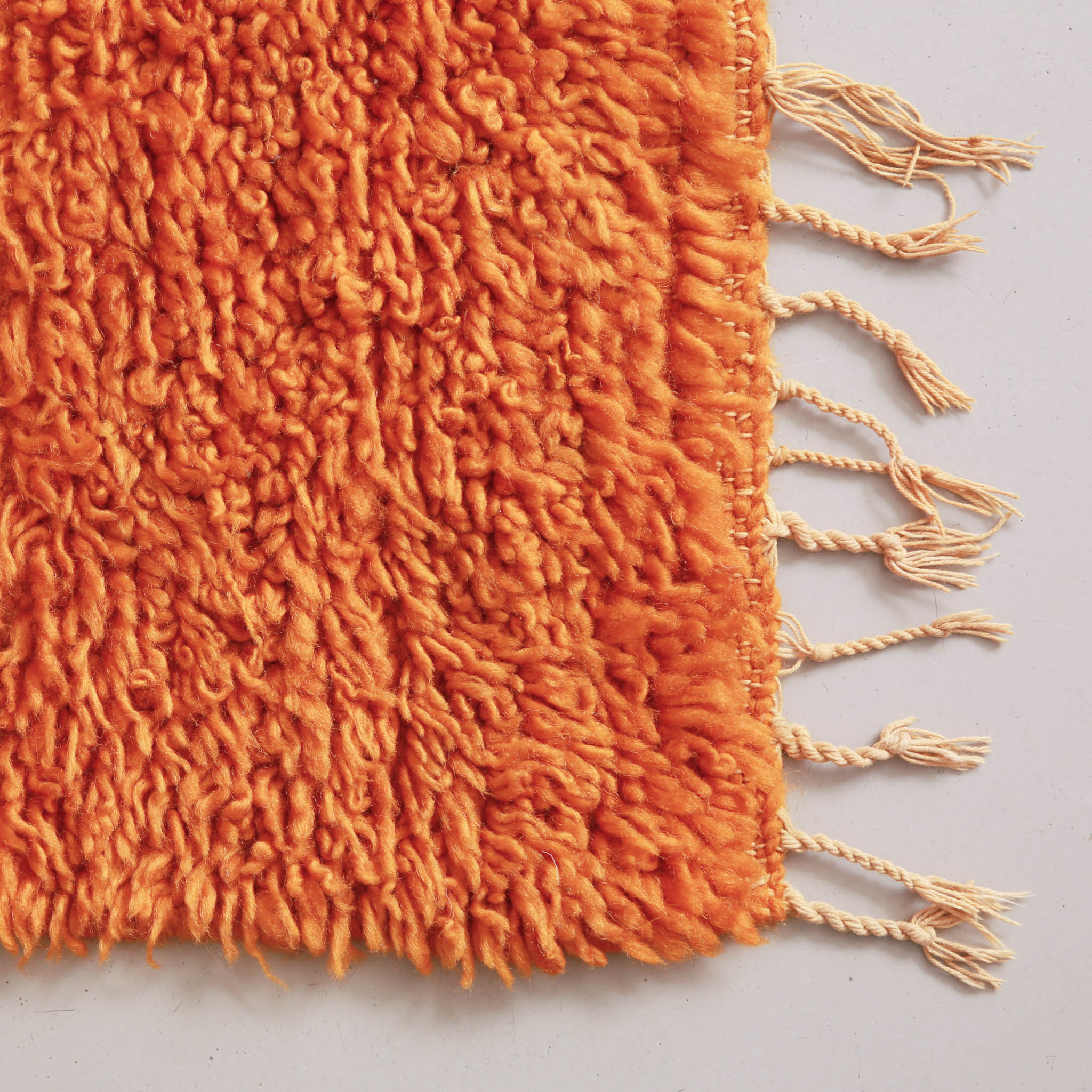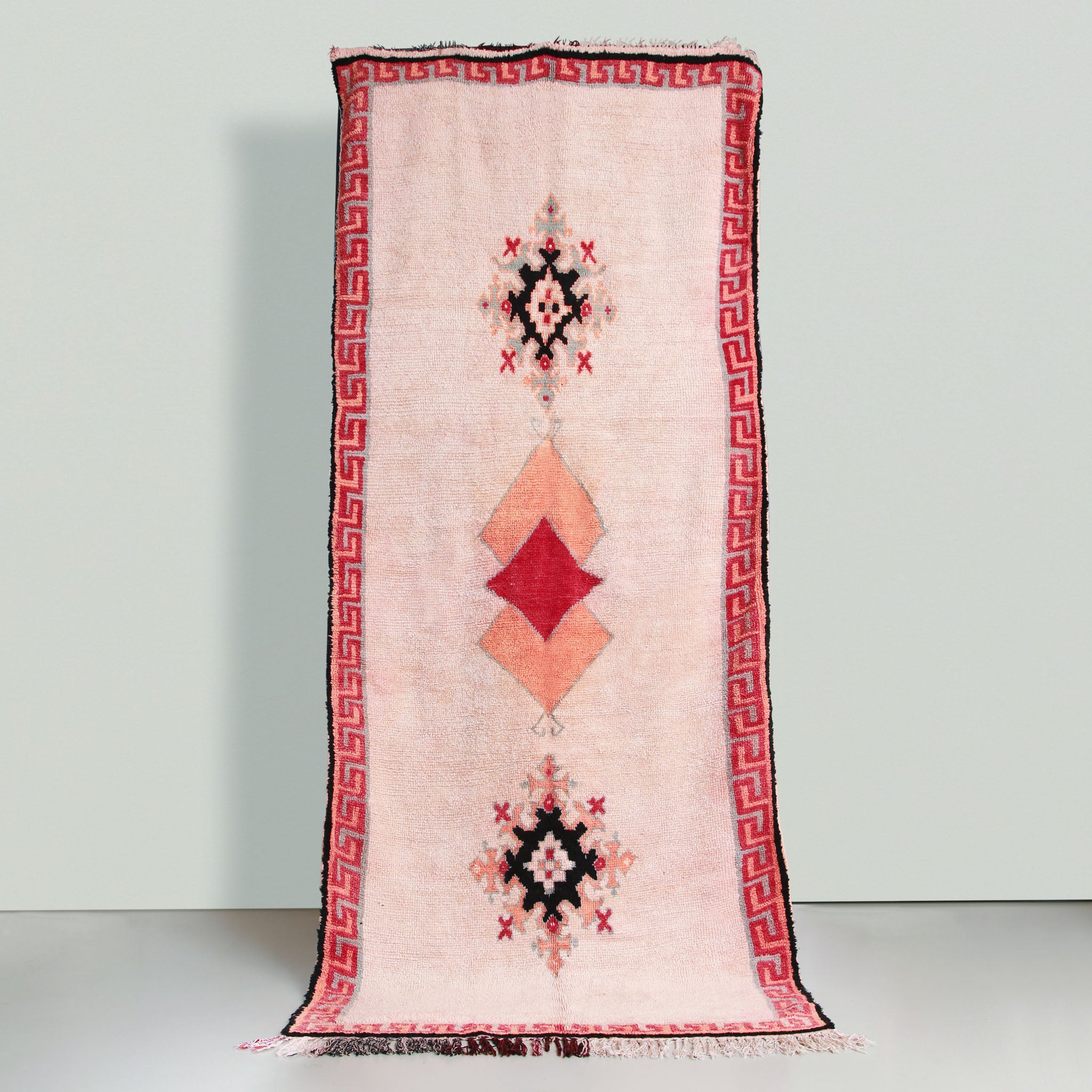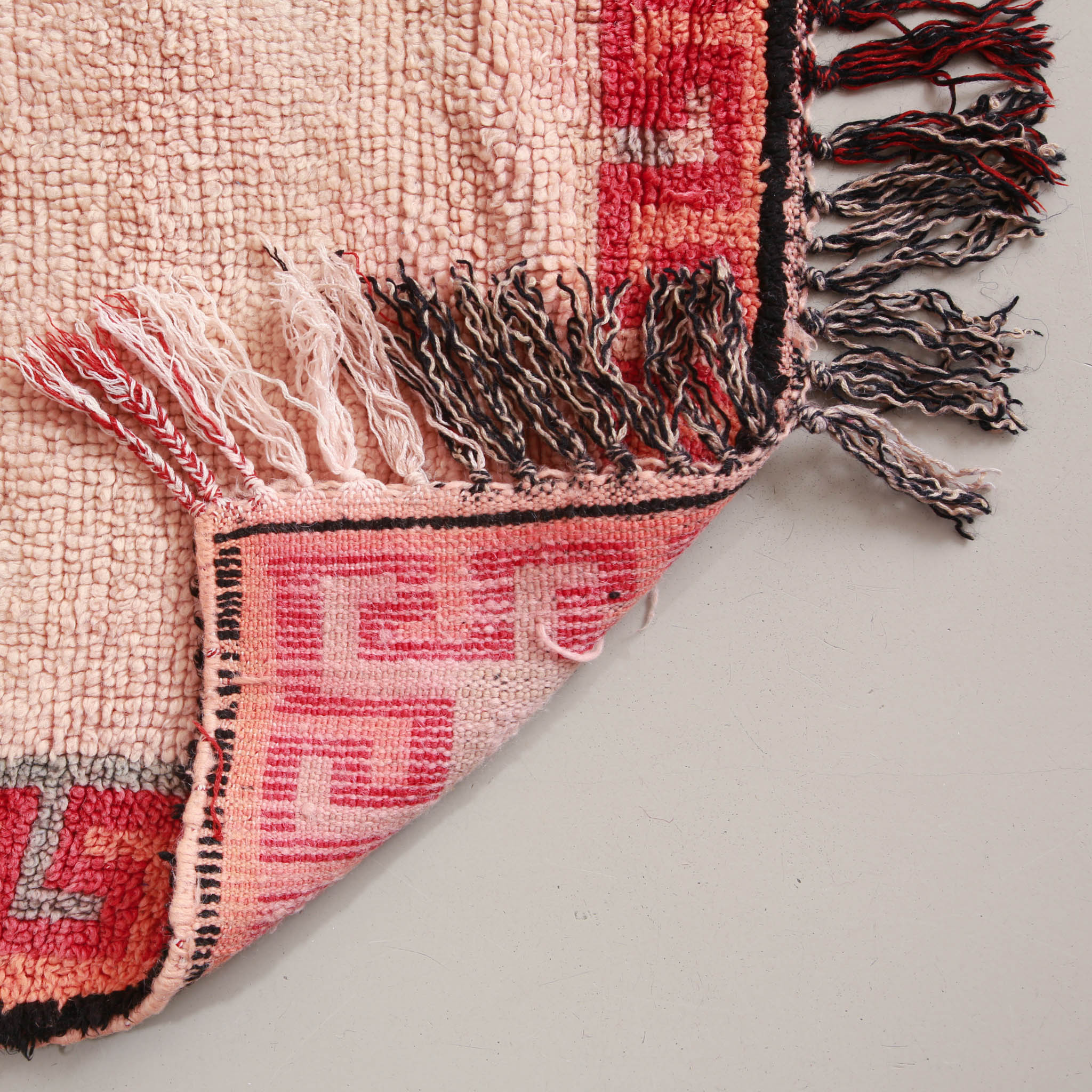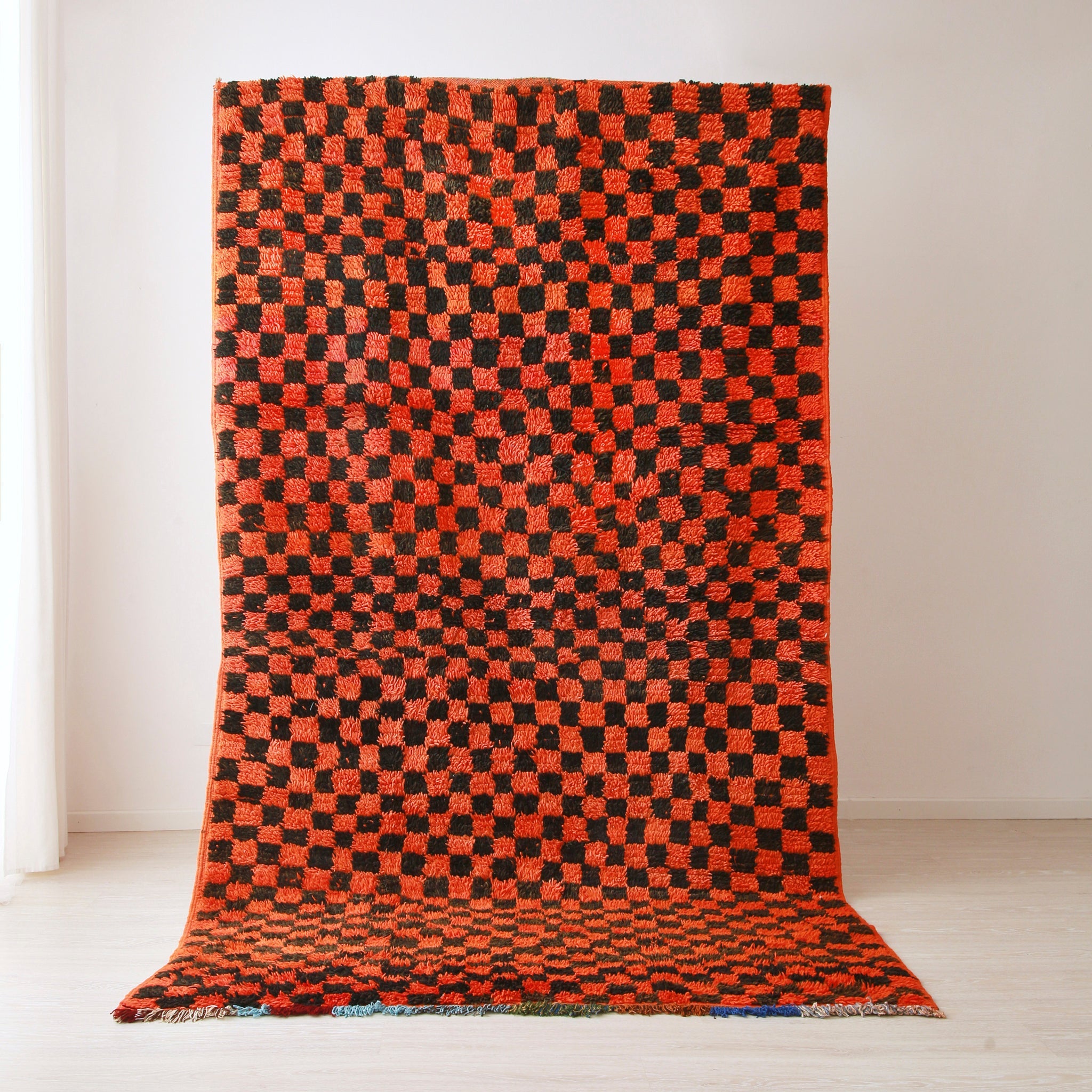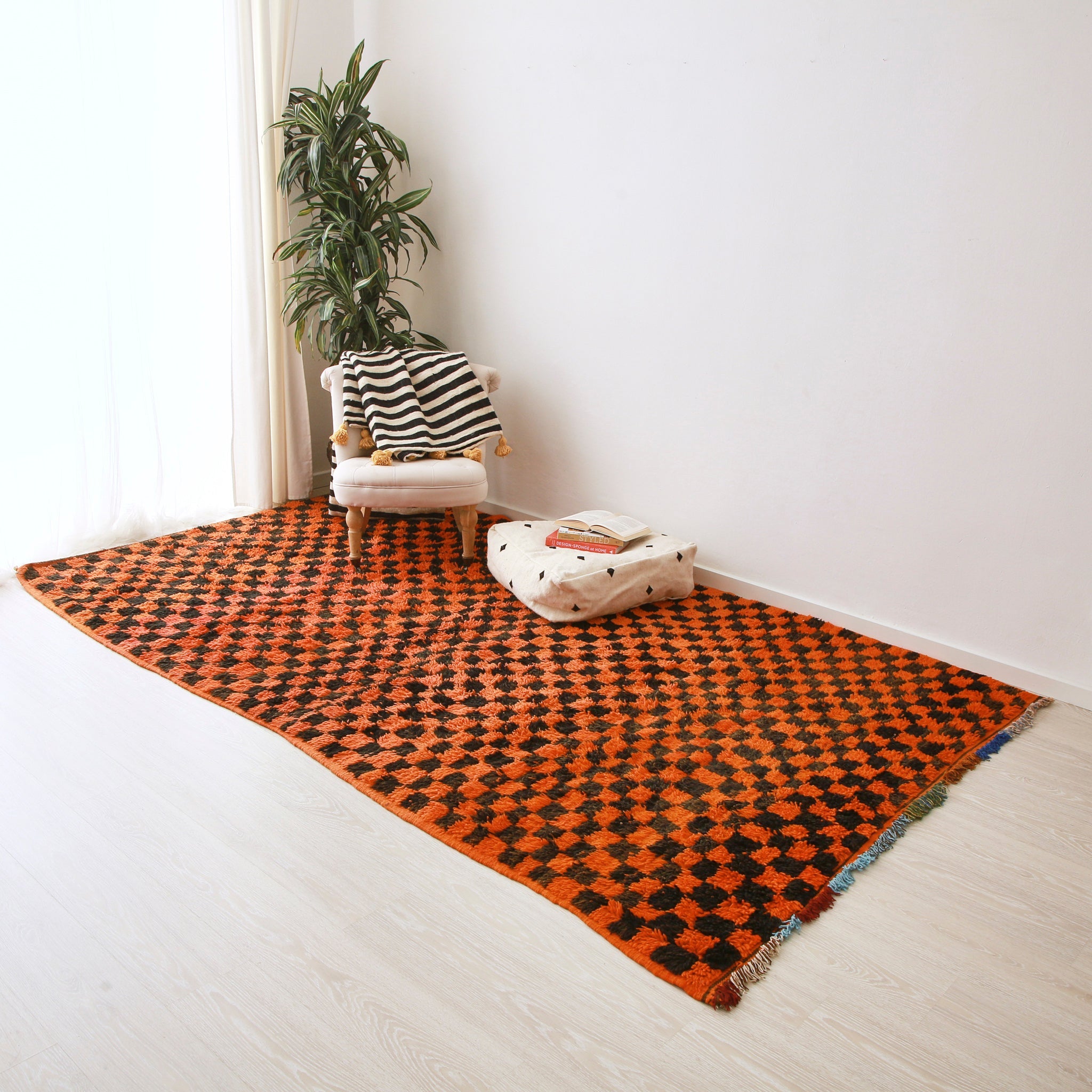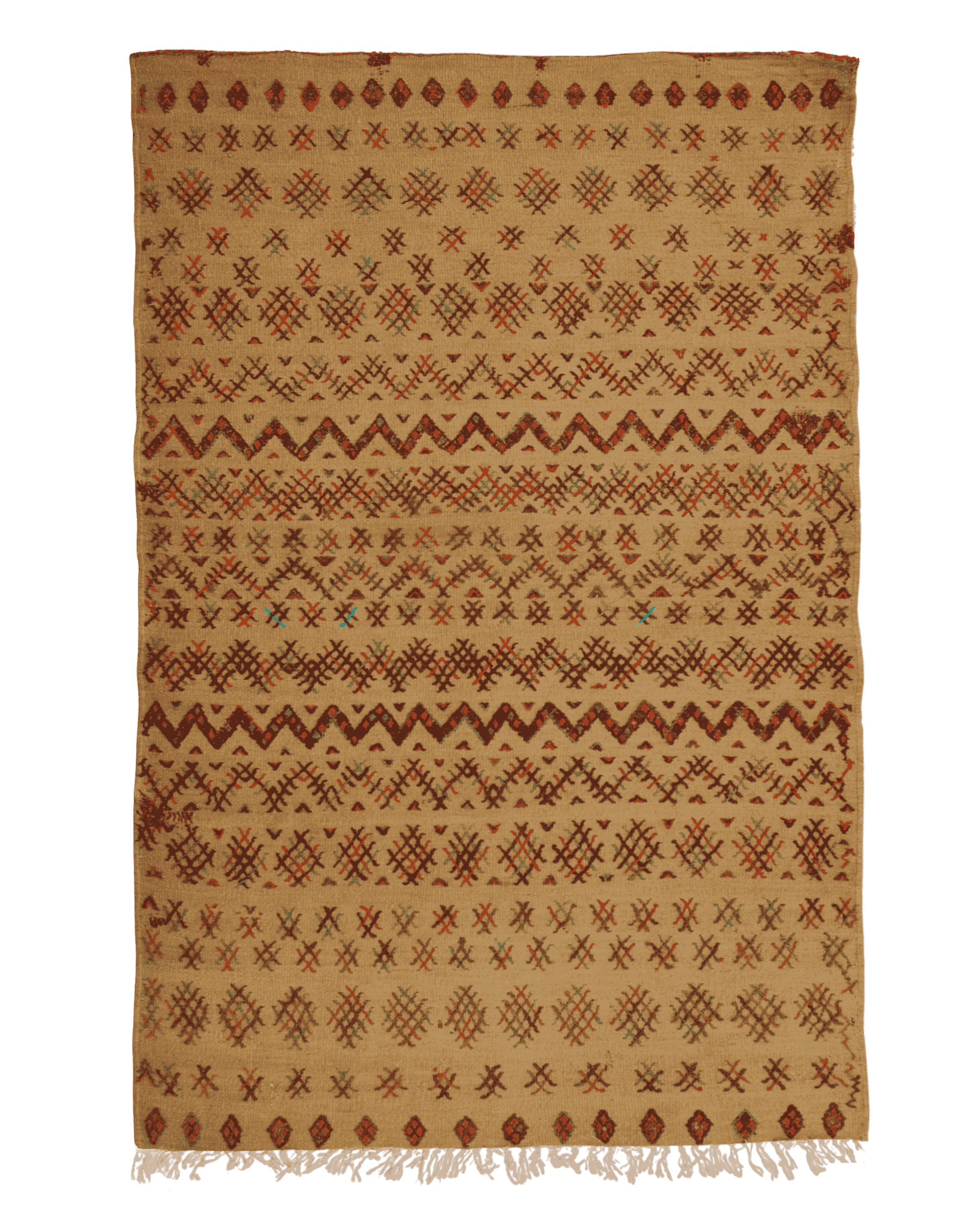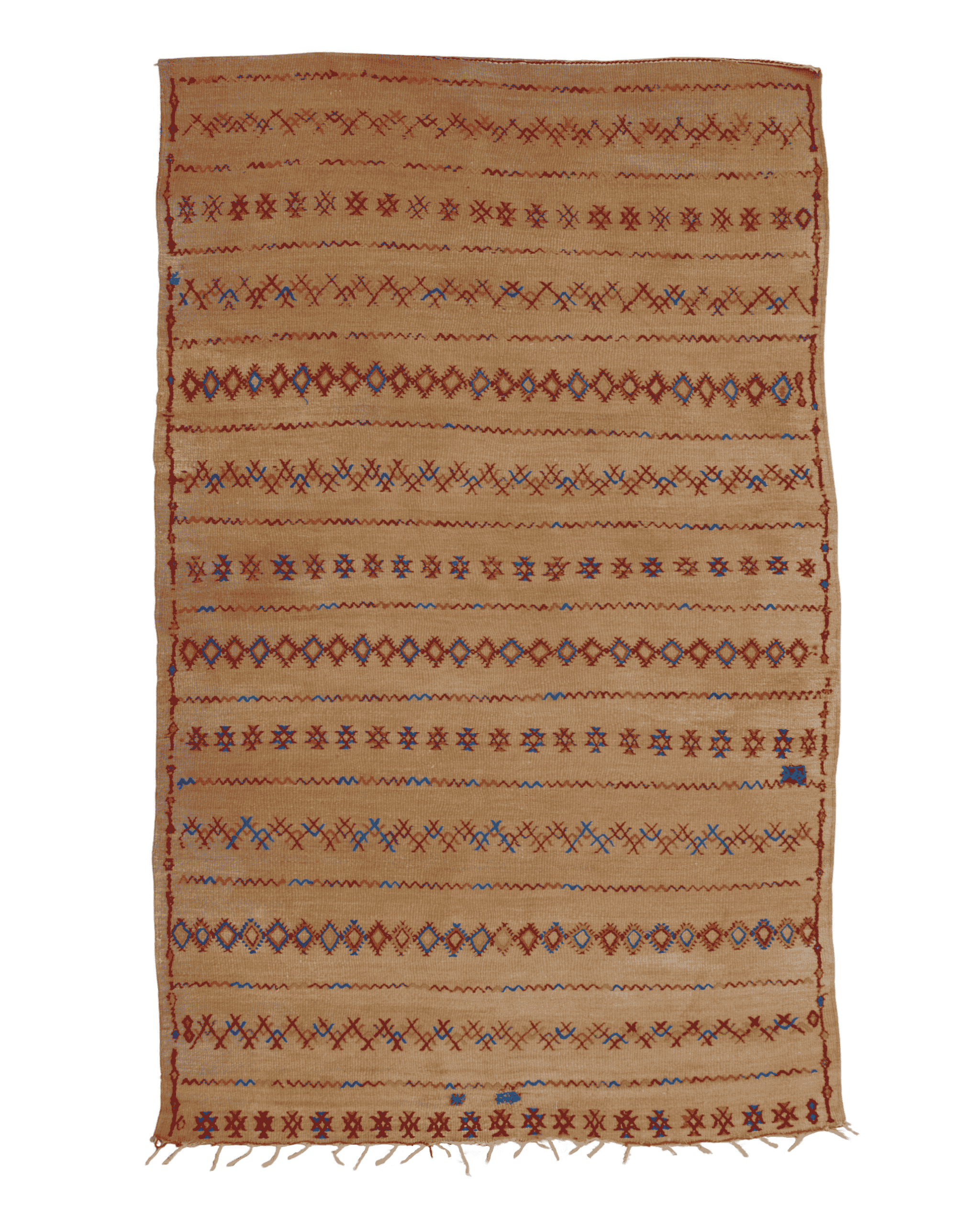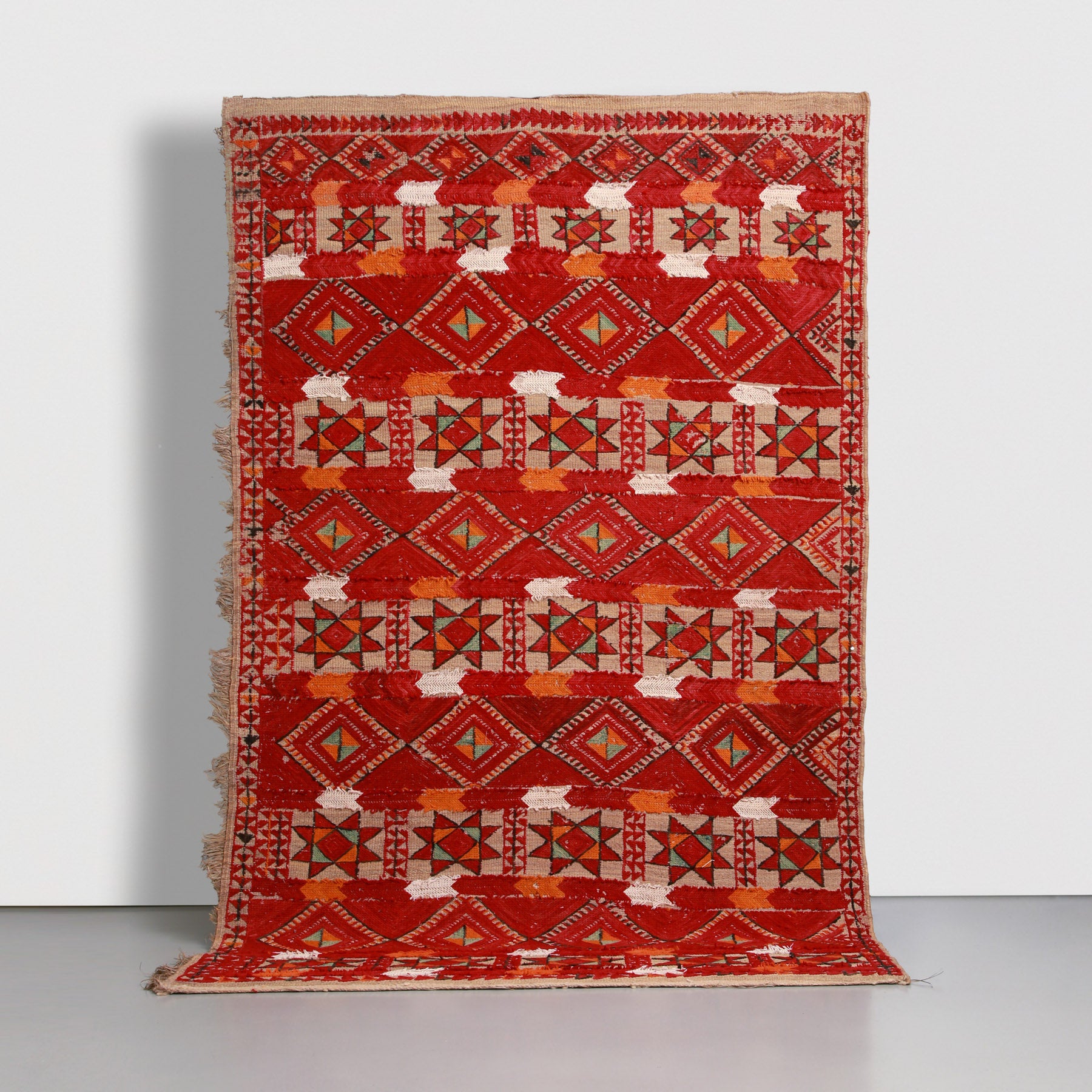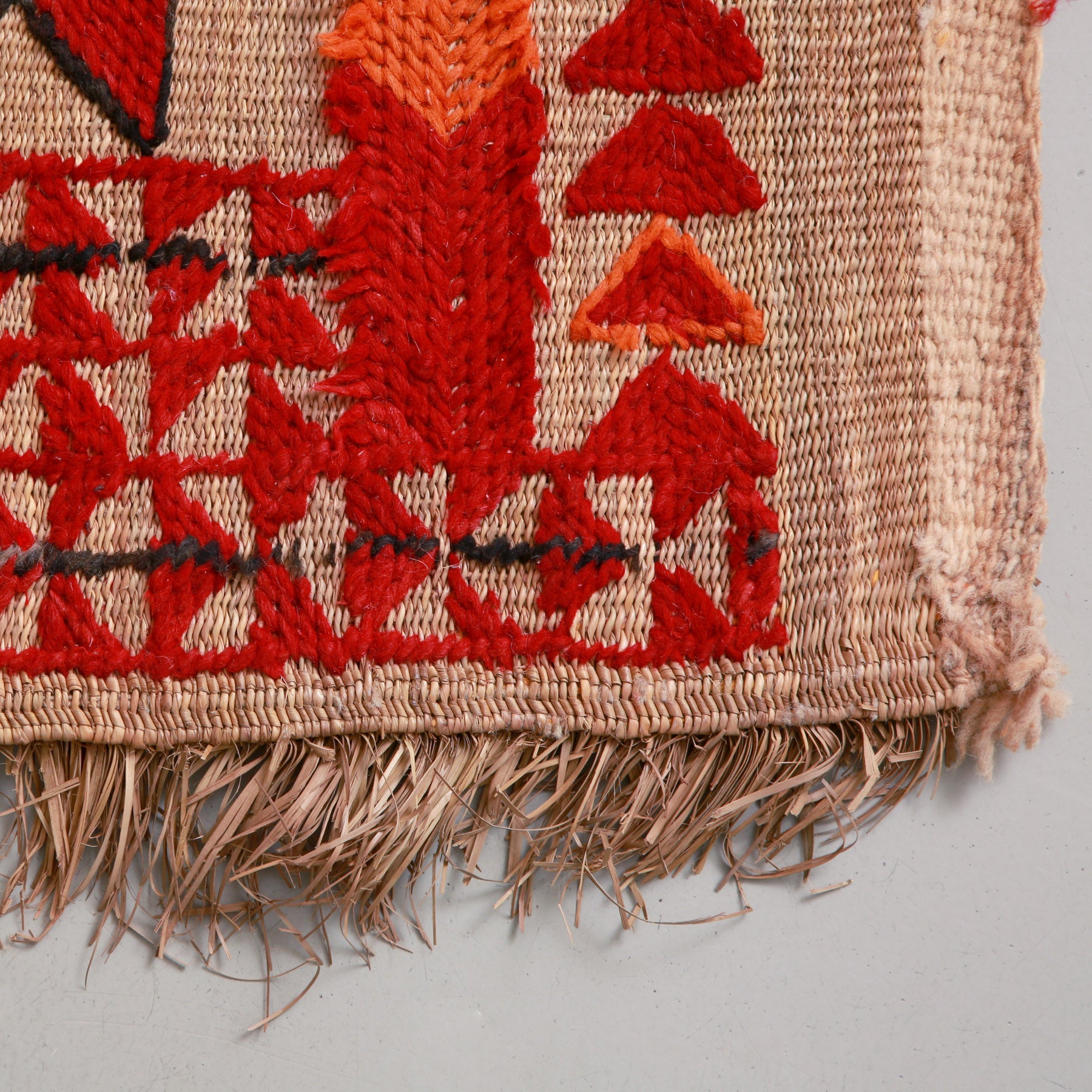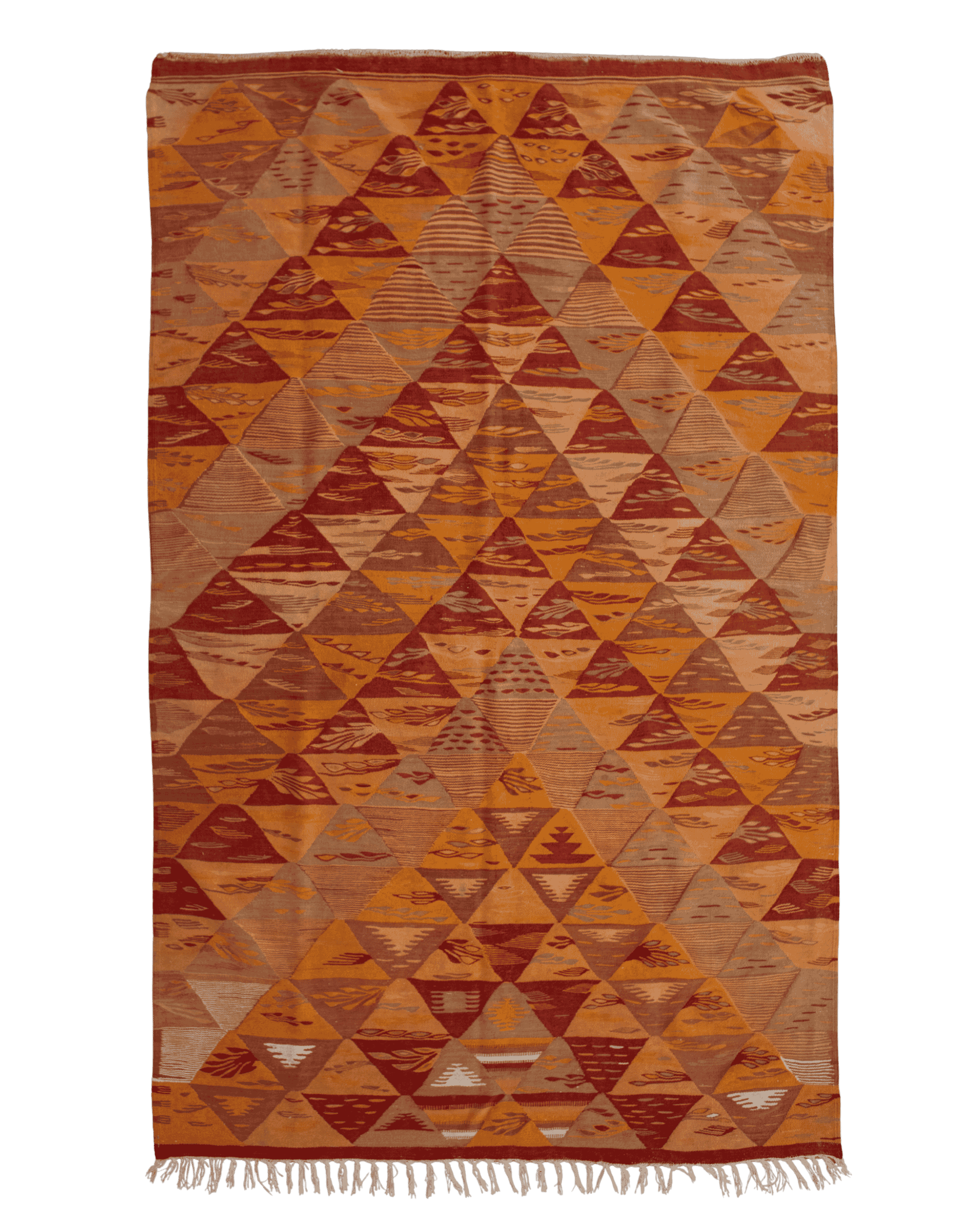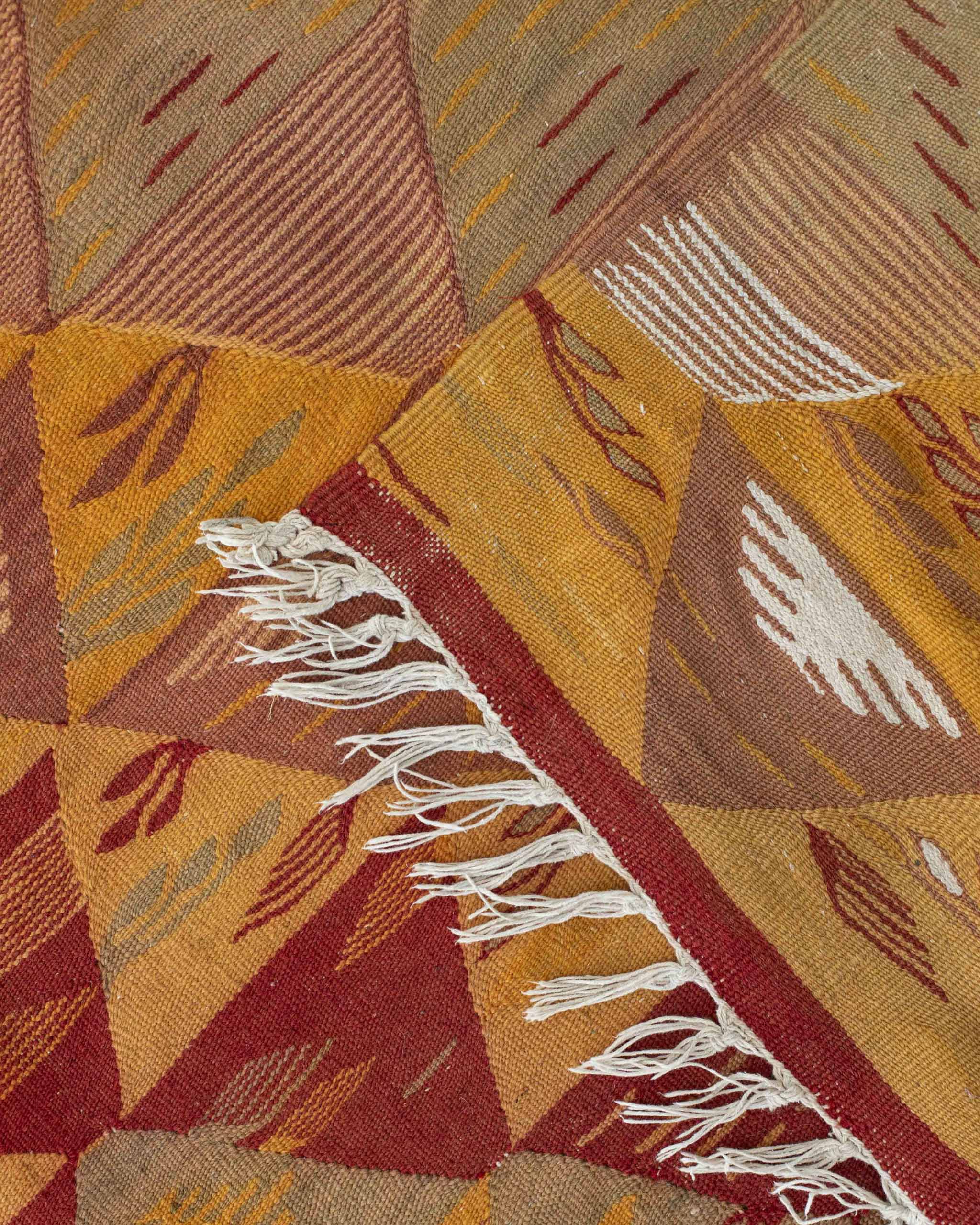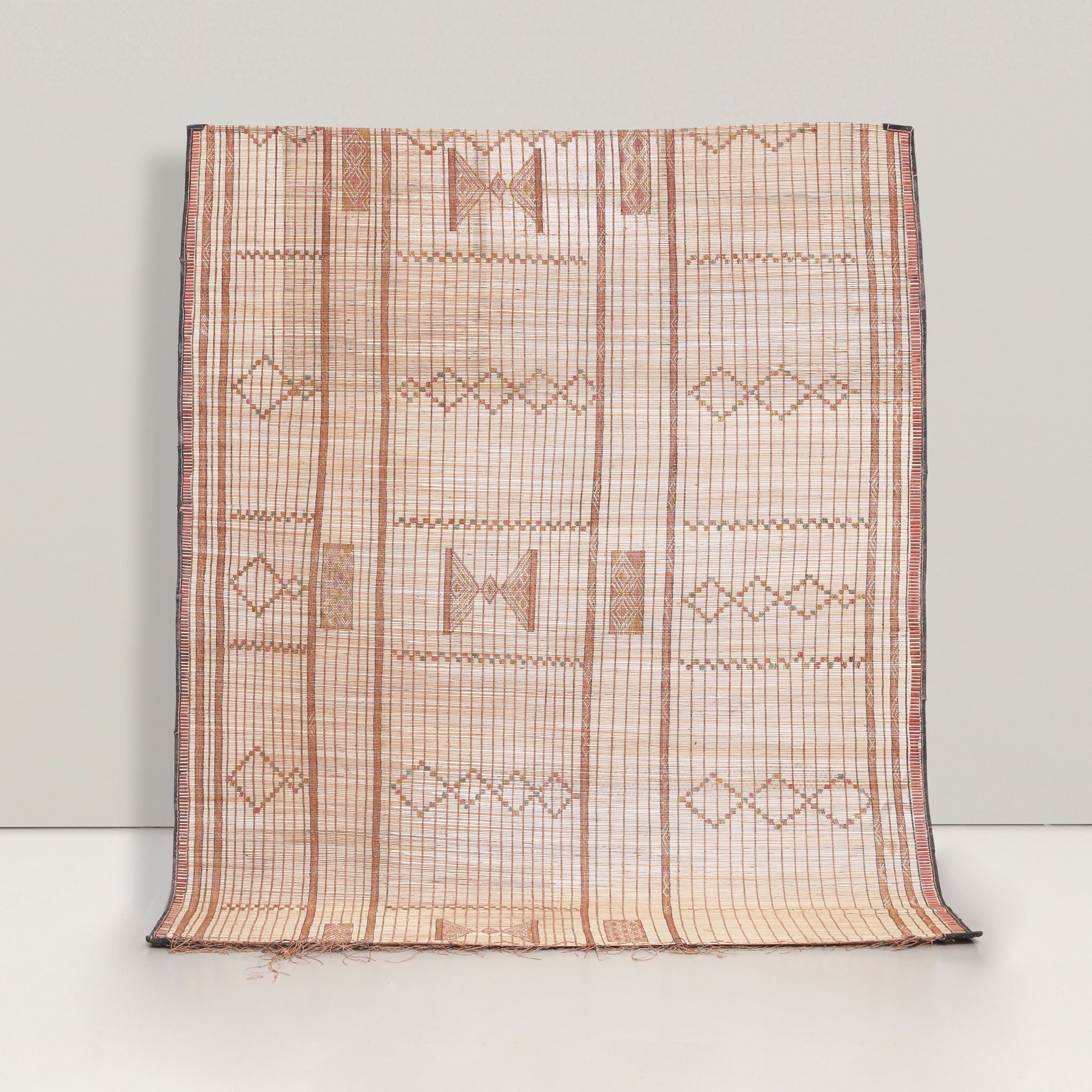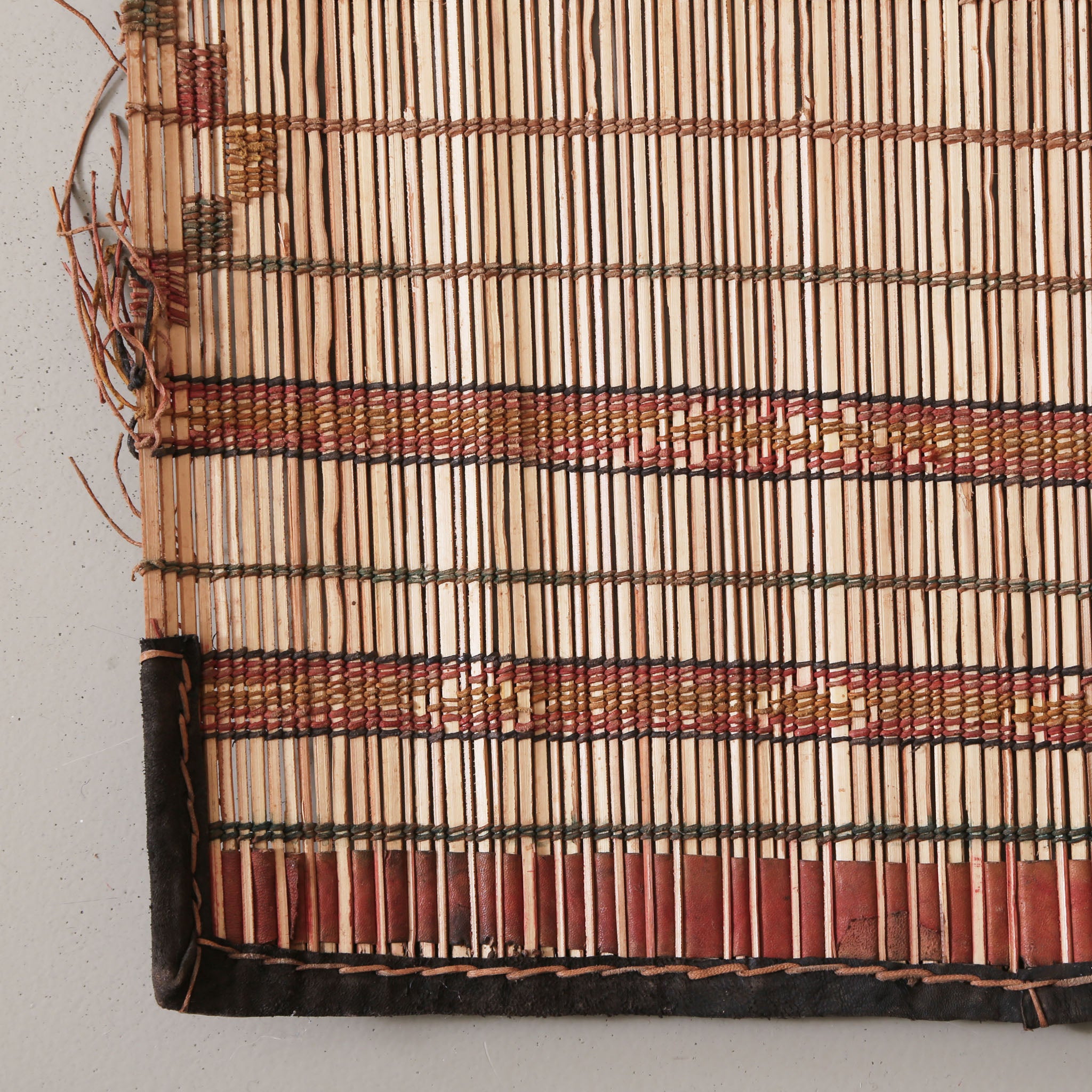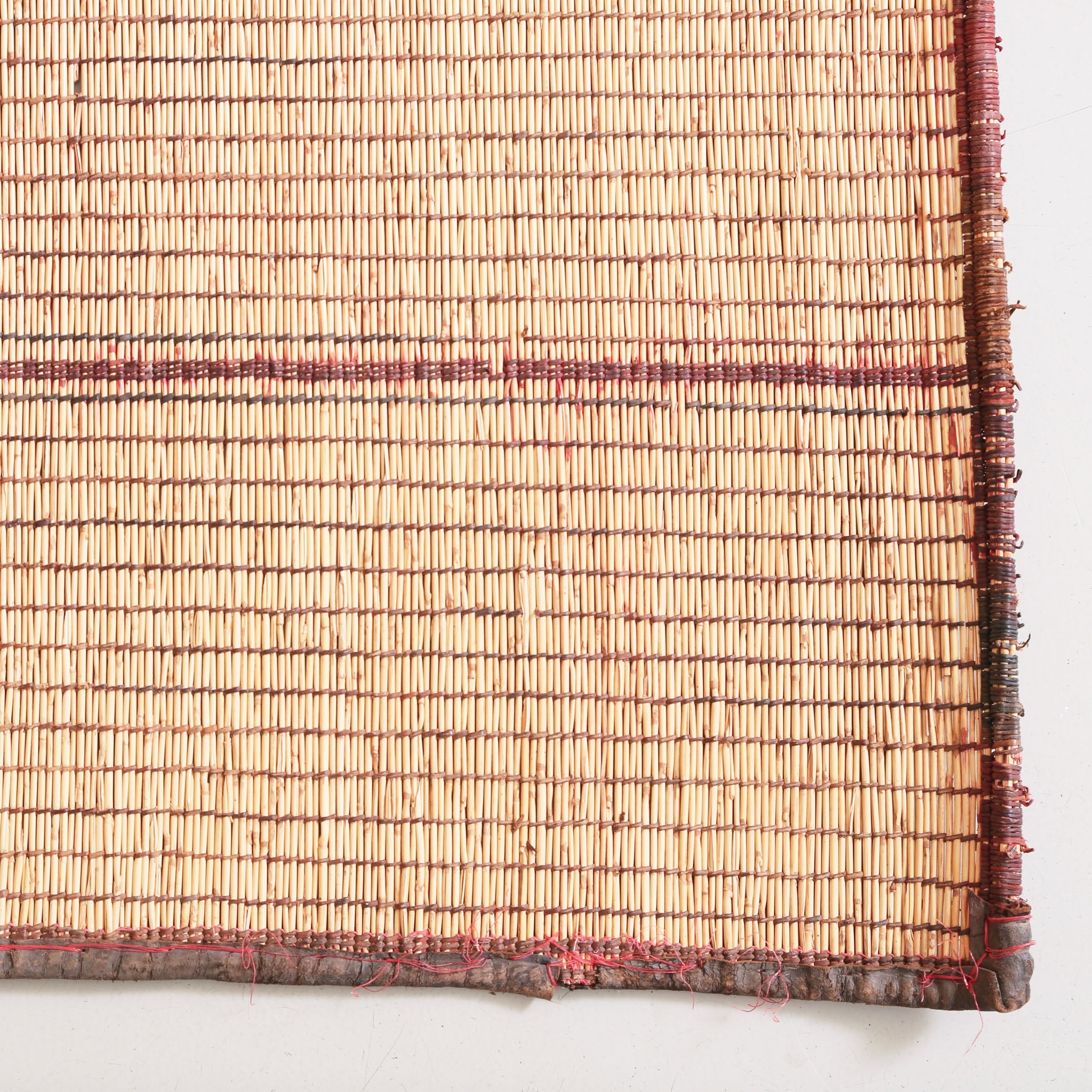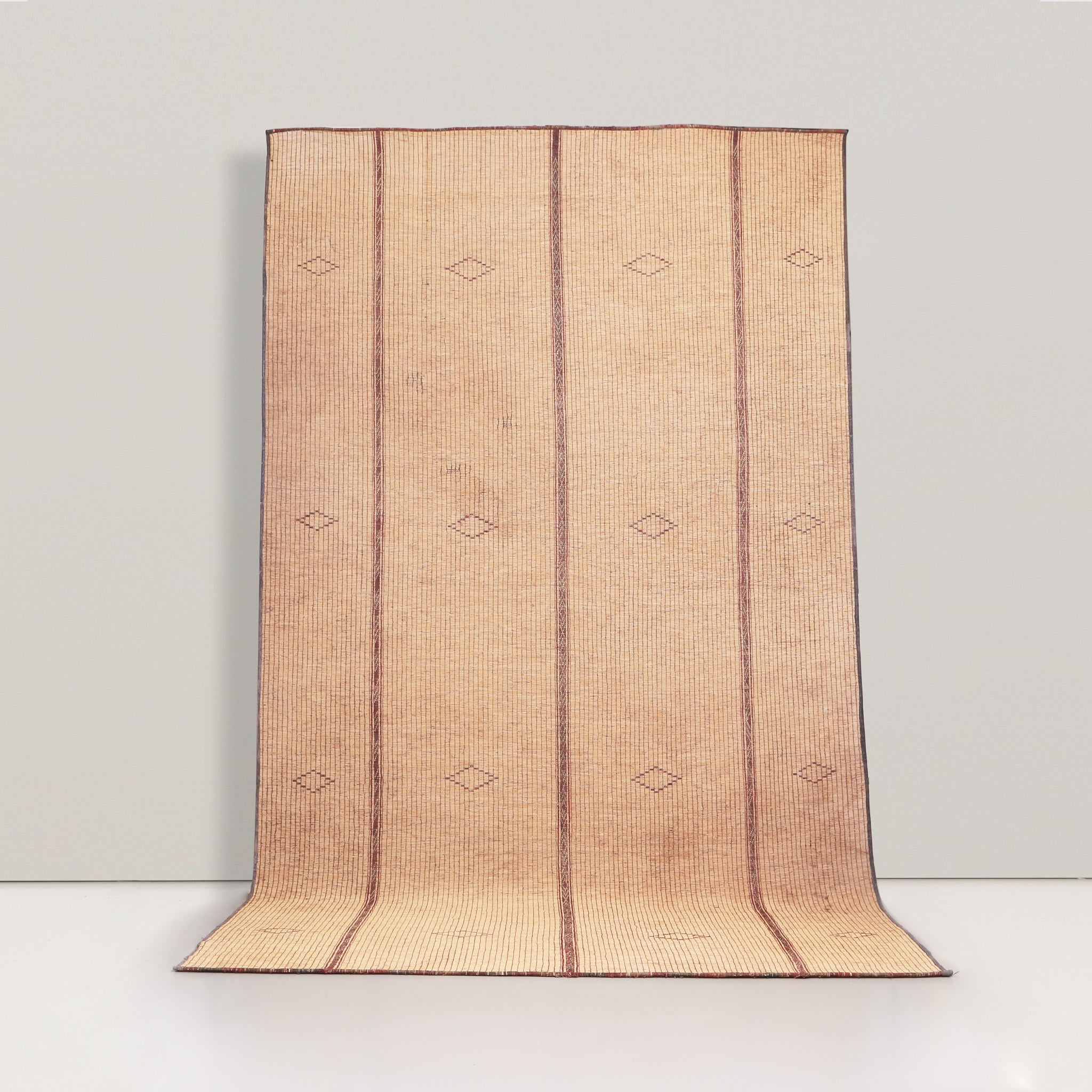Vintage Moroccan Rugs
Our vintage rugs are real treasures. They are Moroccan, Amazigh, Saharan mats or antique Berber rugs: they are all unique pieces, often rare and valuable, to which you can give the luxury of a second life. We personally and carefully select all items to ensure the highest quality second-hand goods, pre-loved items that you can continue to cherish for many years to come.
Filters
Filters
If vintage is the new luxury for you too, you've come to the right place. Here you will find only unique pieces embellished with that charm that only time can bestow. An excellent choice for those who want to minimise their environmental impact, and perfect proof that handcrafted rugs become more precious as time goes by.
Our selection is made through careful research that we personally conduct. We travel through Moroccan villages, mountains and cities trying to keep the bar high in the quality level of the vintage pieces we offer.
This is one of the reasons that drives us to say, loudly: do not call them second-hand carpets, do not call them old rugs! We never acquire models that we would not put in our own home, and we always examine every centimeter of textile to ascertain the value and condition of each individual specimen.
A retro rug like a Hassira mat or an old kilim used for generations, is an object that has represented an element of great value within the home and the family. It is not only a value that can be expressed in hours of work and cost, but above all it is from an emotional and symbolic point of view. It could have been part of a dowry, or a wedding gift, or a rug woven on the occasion of the birth of a child. It has received care, attention, it has been admired and respected as only happens to dear and beloved objects. In the traditional Amazigh, Berber and Moroccan culture, there was no room for consumerism and mass production, so the house was furnished with unique and handmade elements. A vintage rug brings with it an invaluable baggage made of artisanal techniques that are being lost, high-quality materials that are increasingly less available, fragments of personal and collective culture, stories of women, artisans, tribes of which only the names remain. Owning a unique piece of art also means making a green choice, for a more sustainable home full of character.

